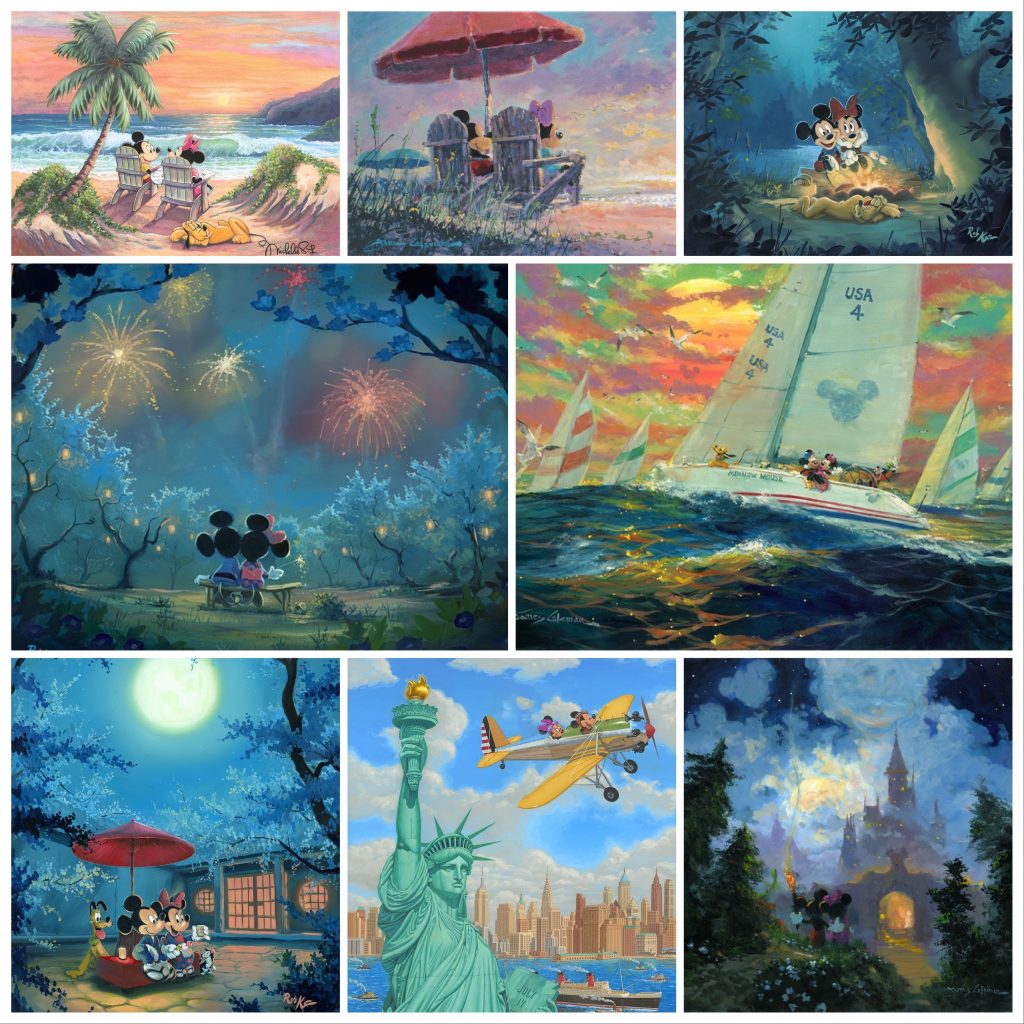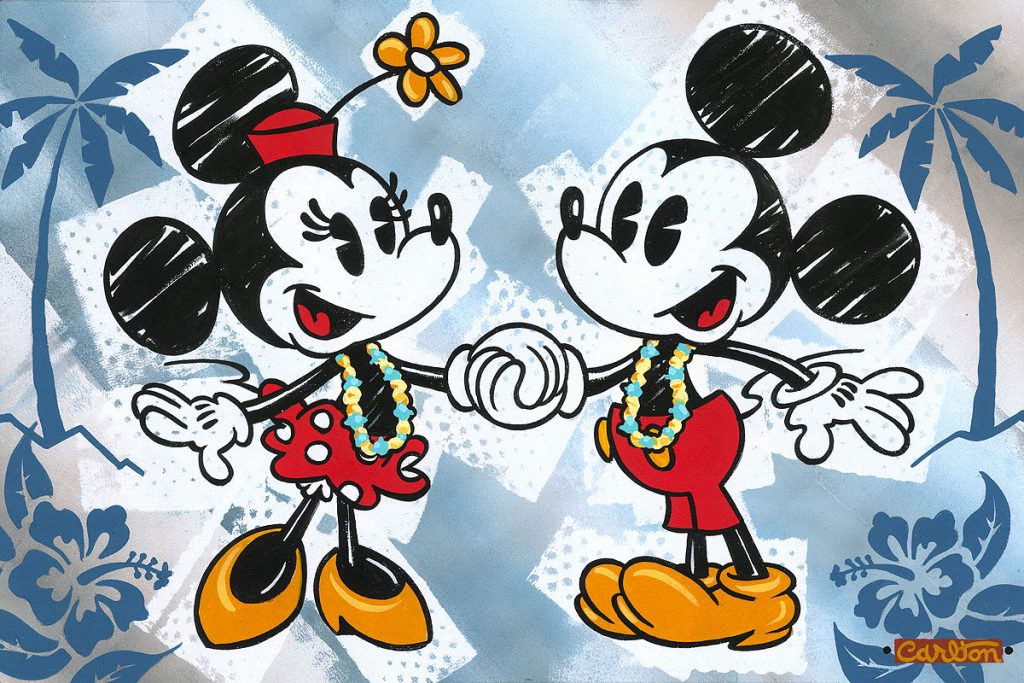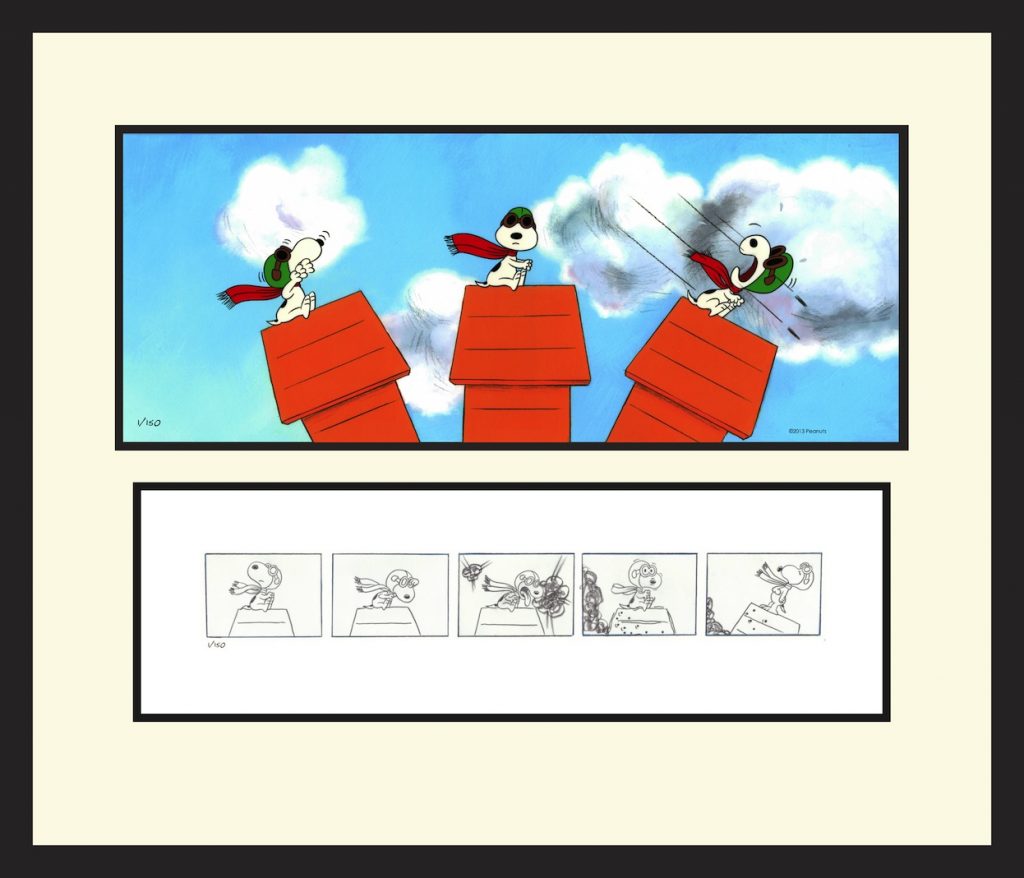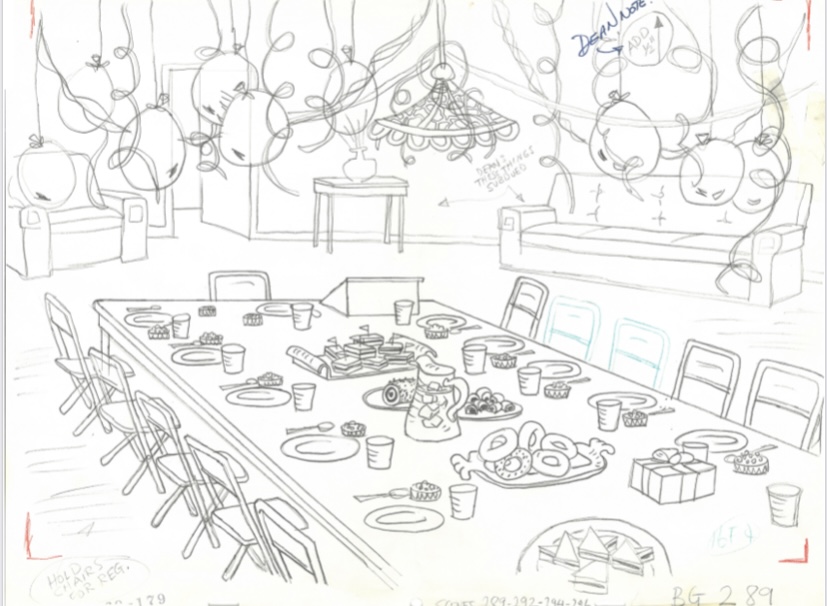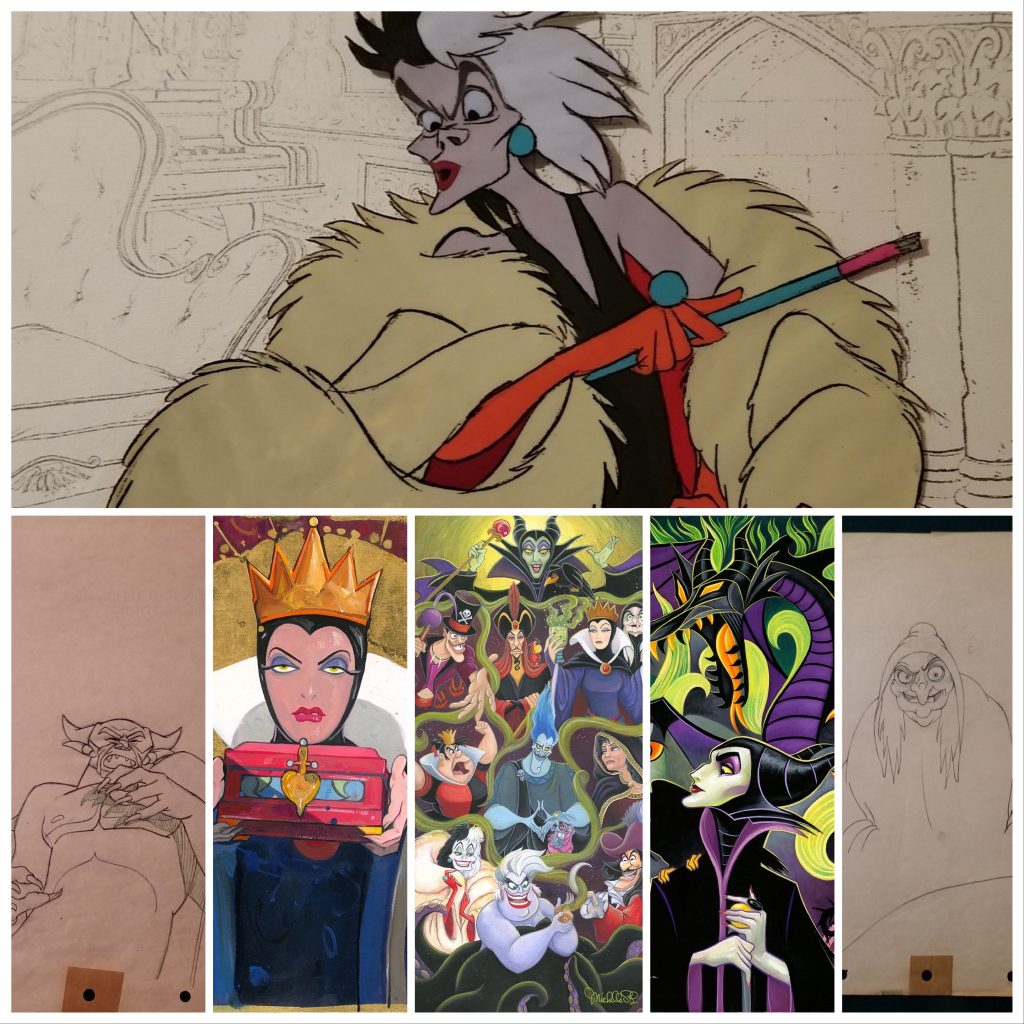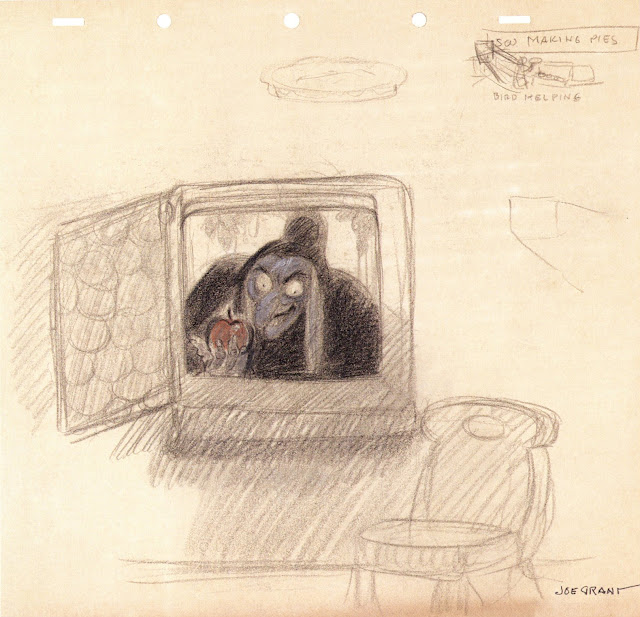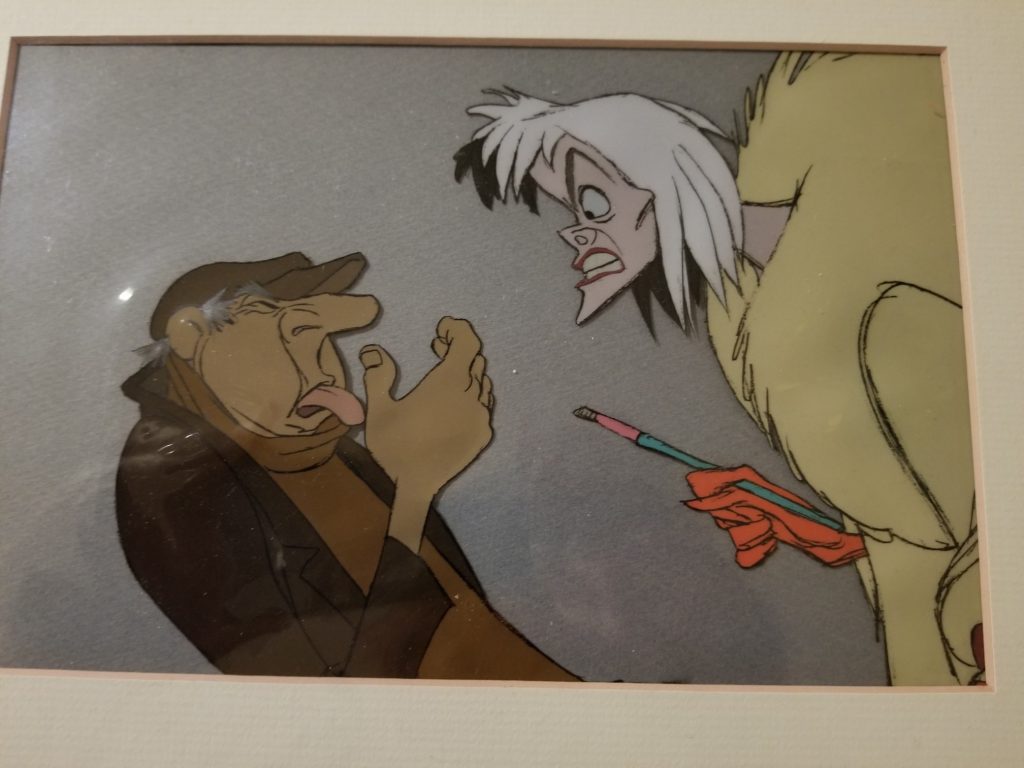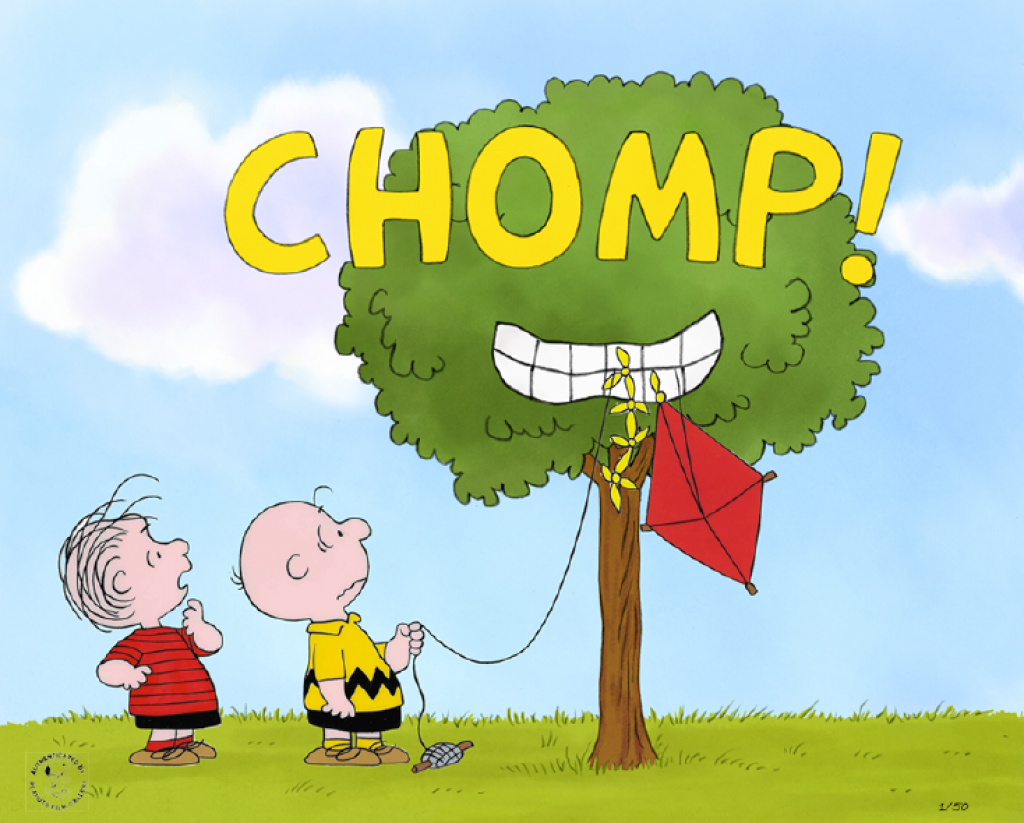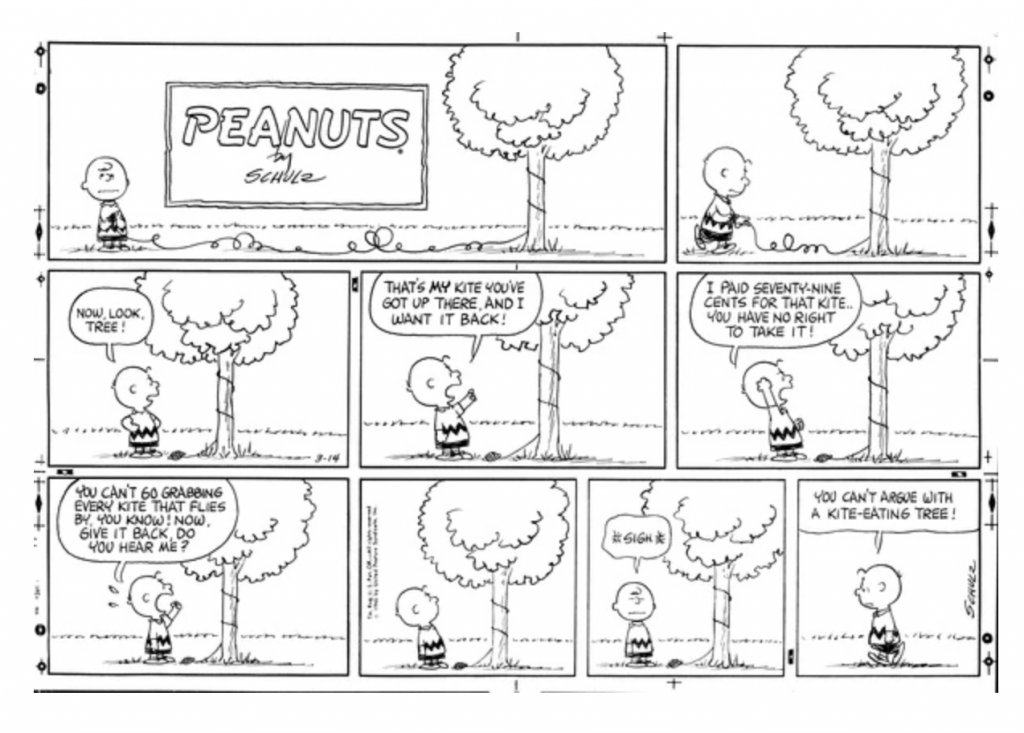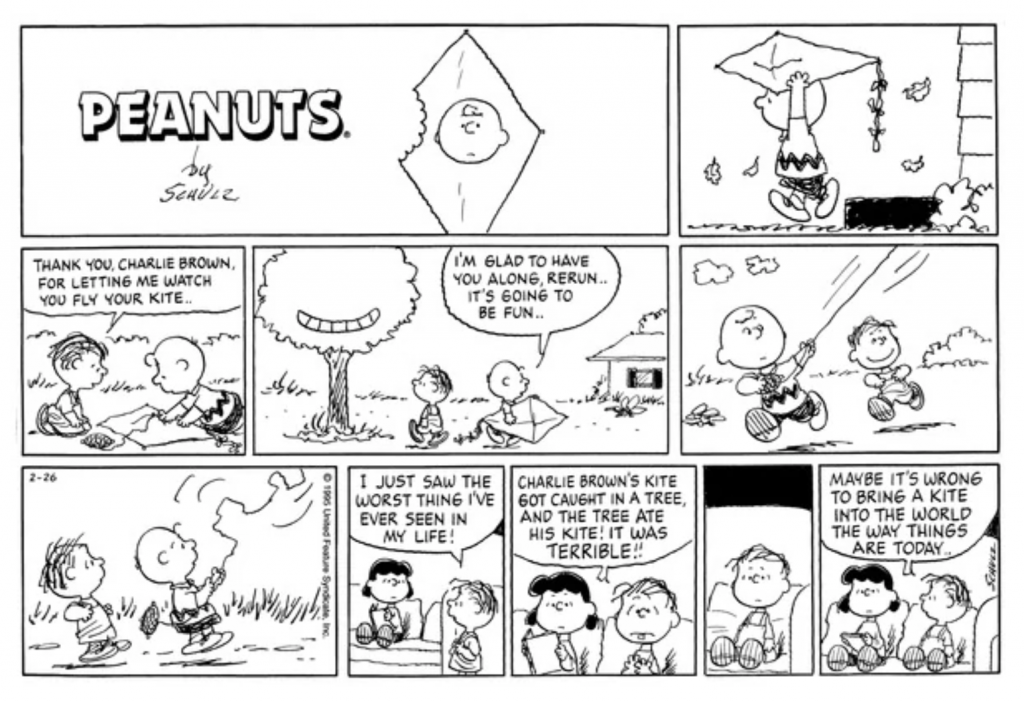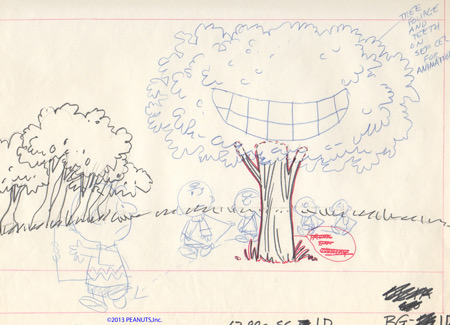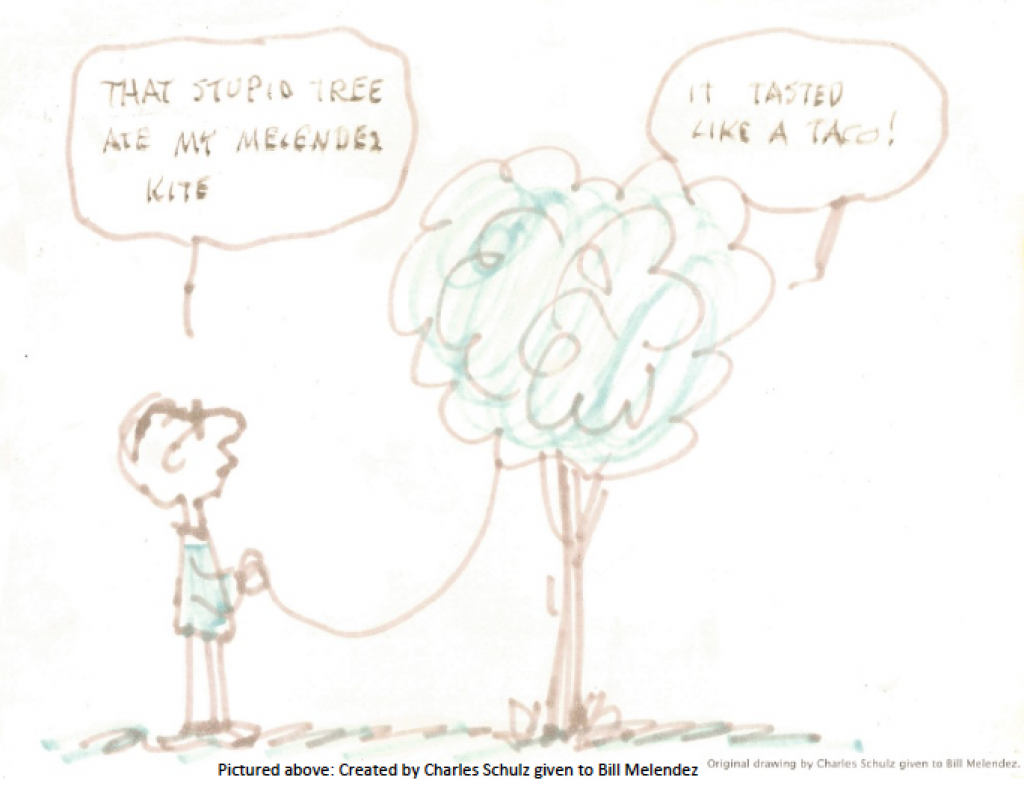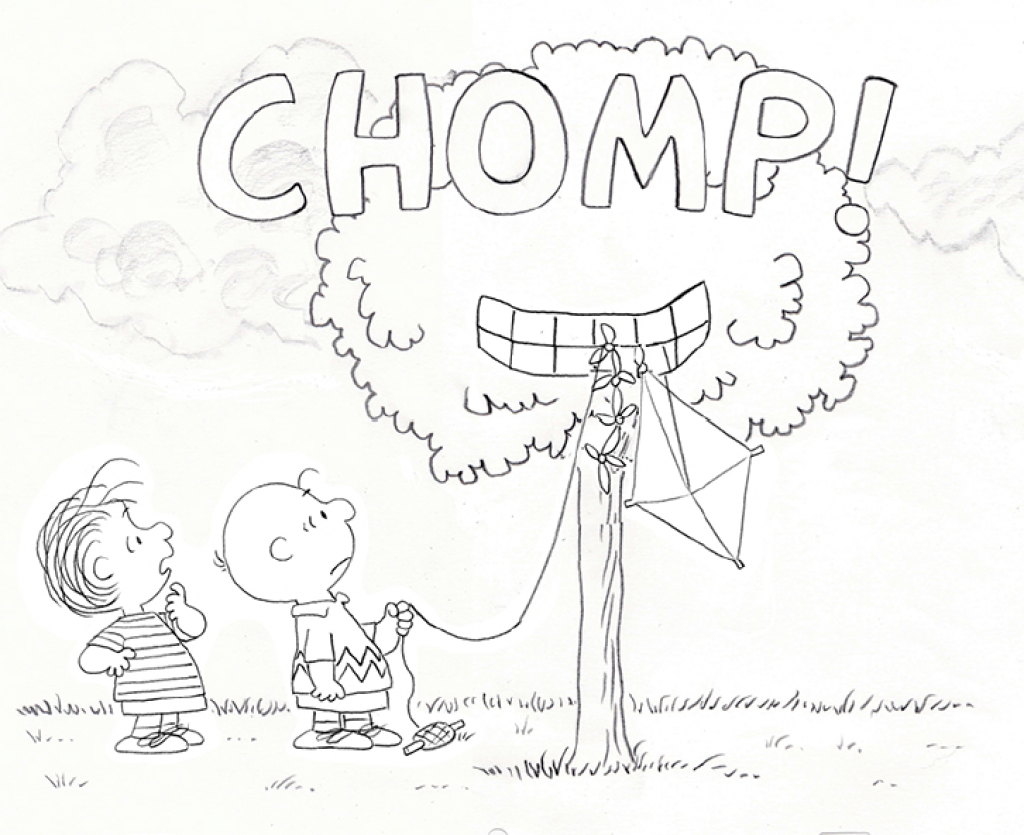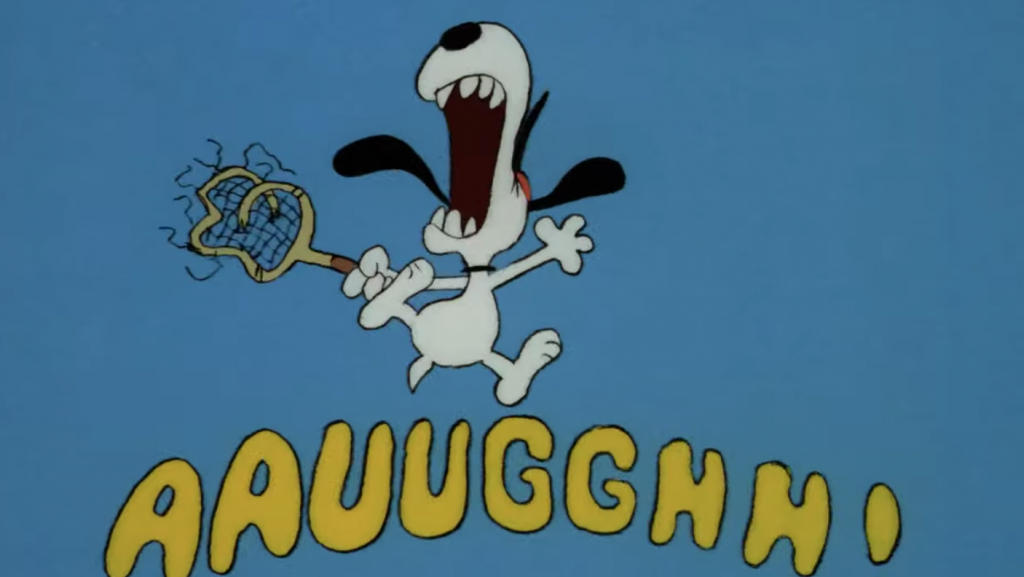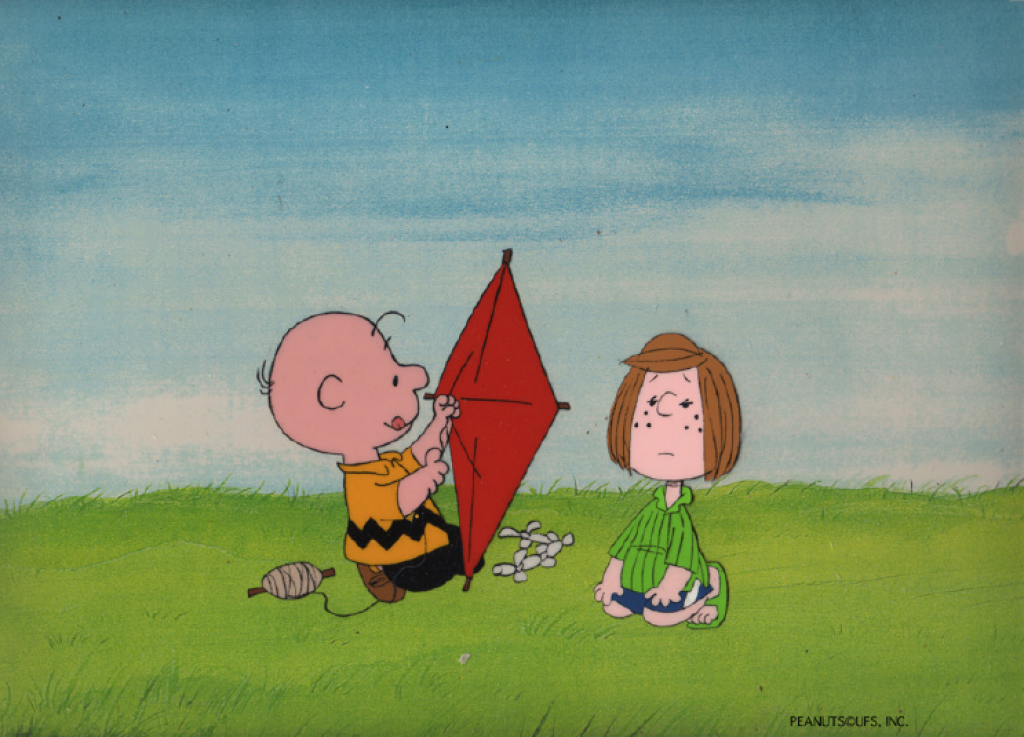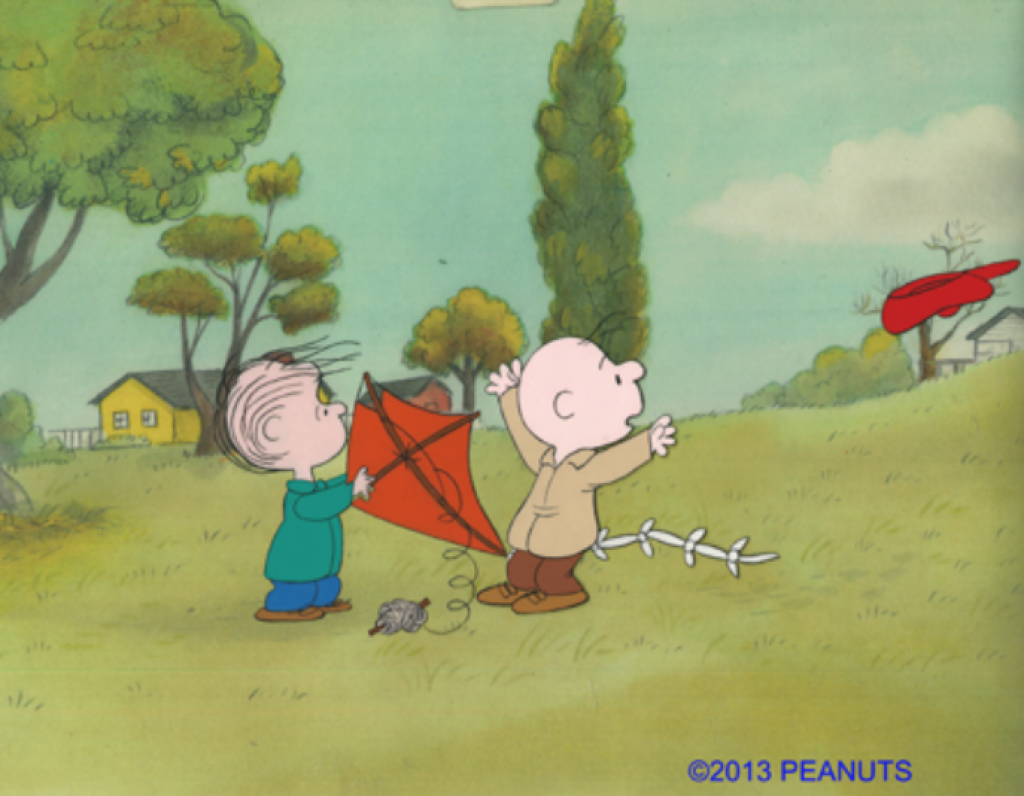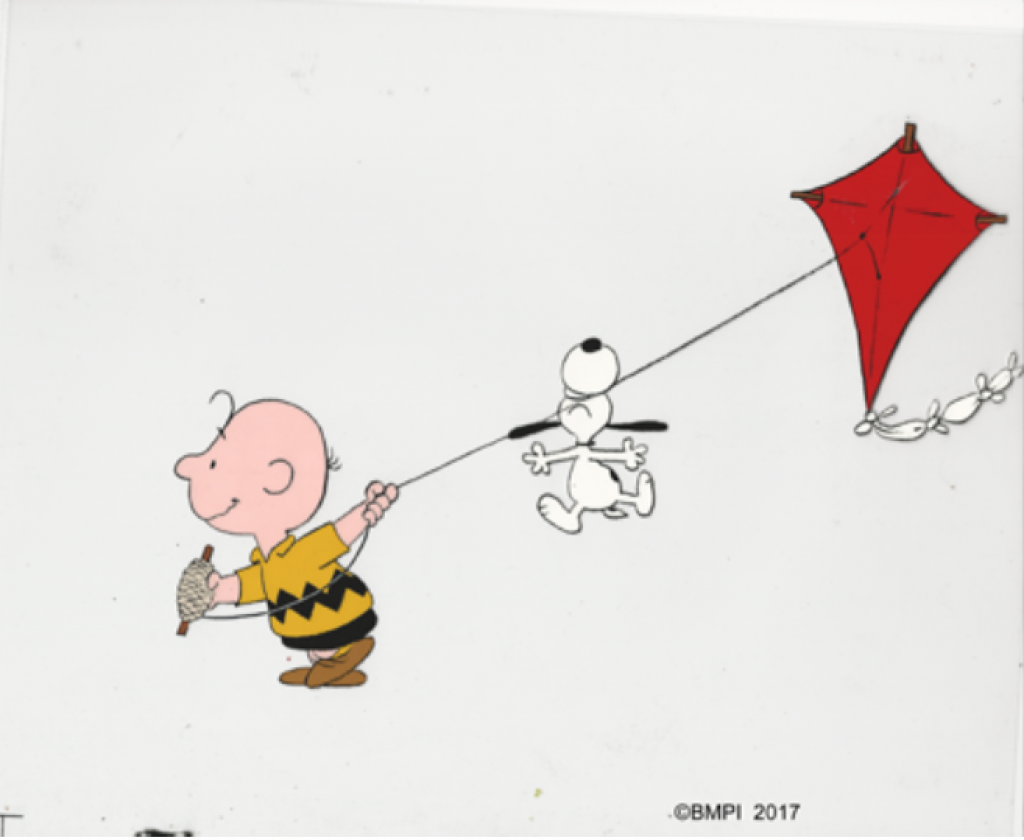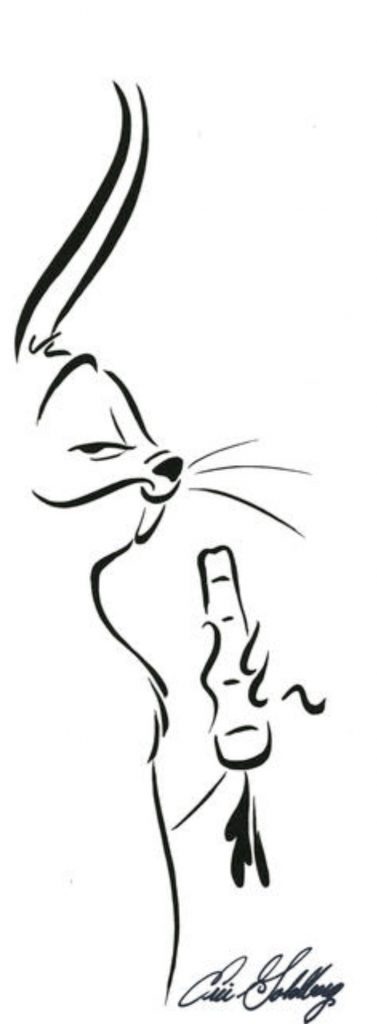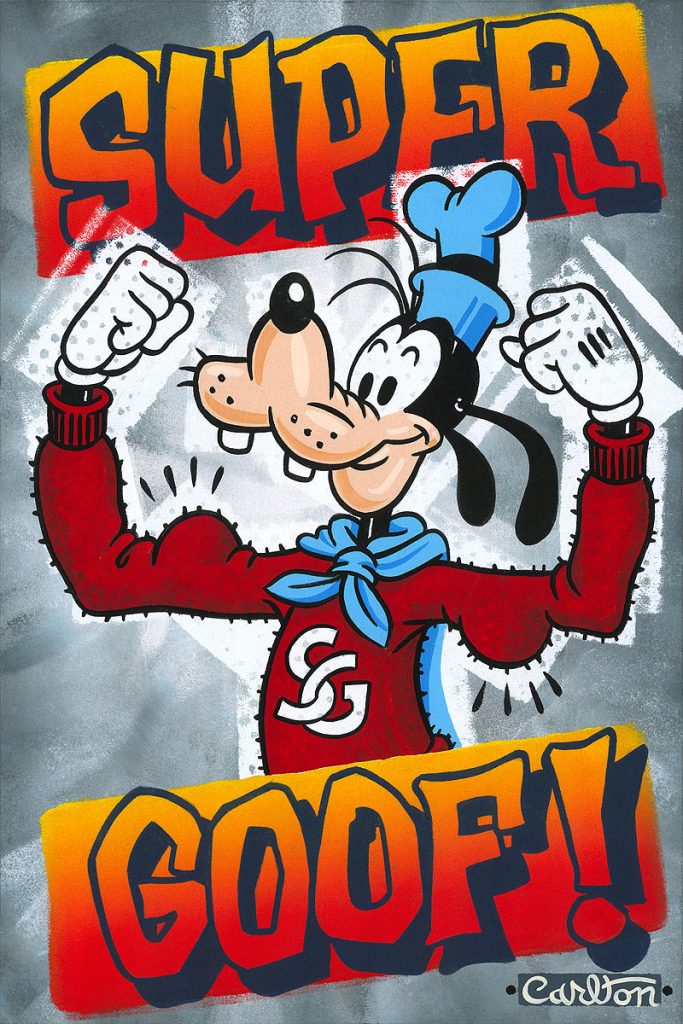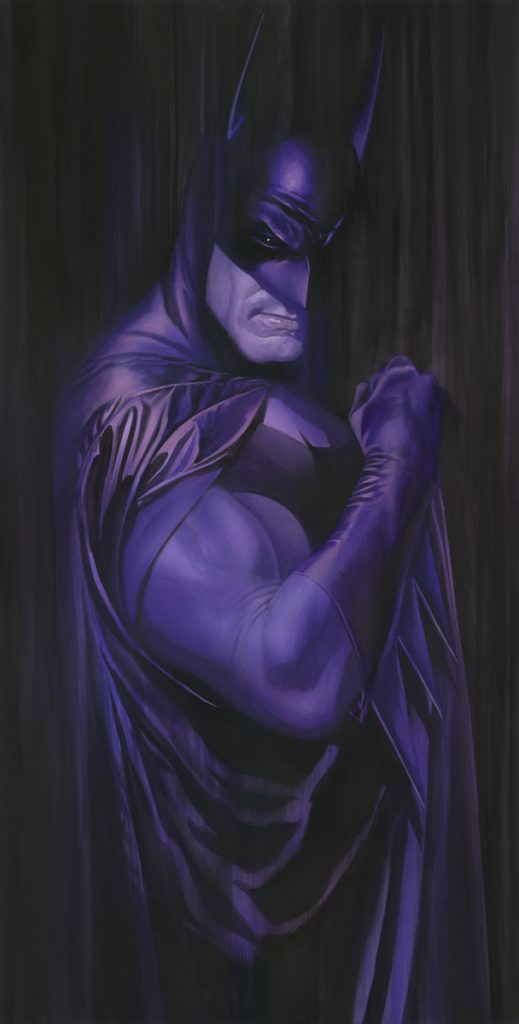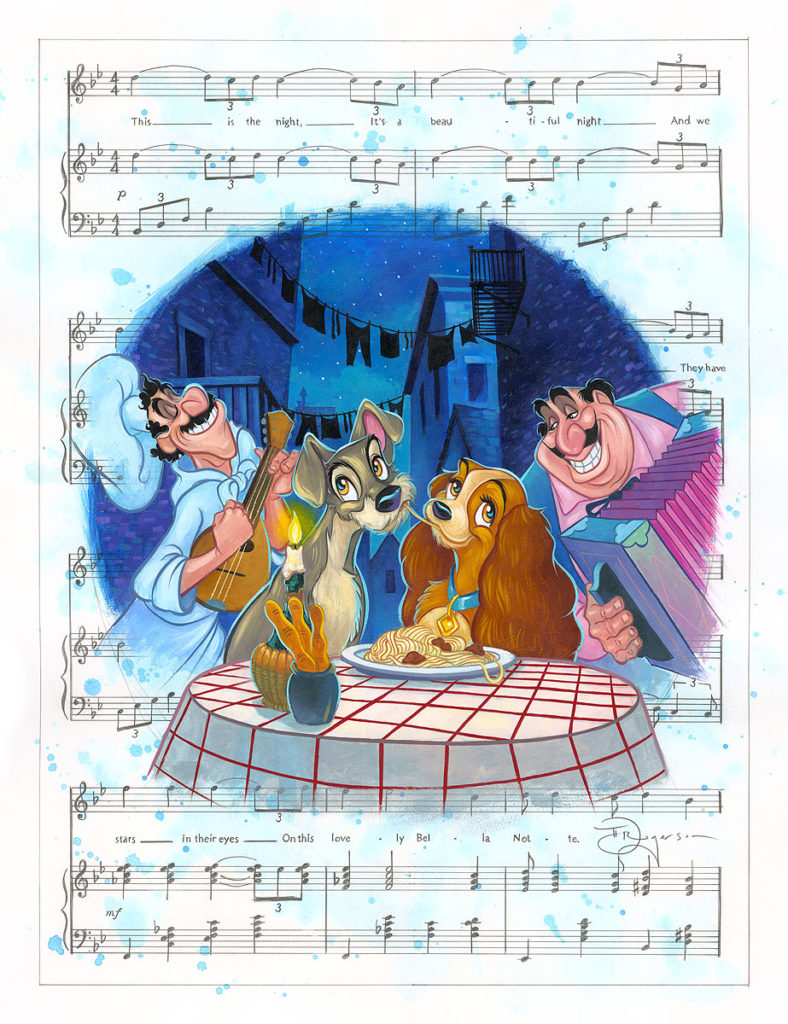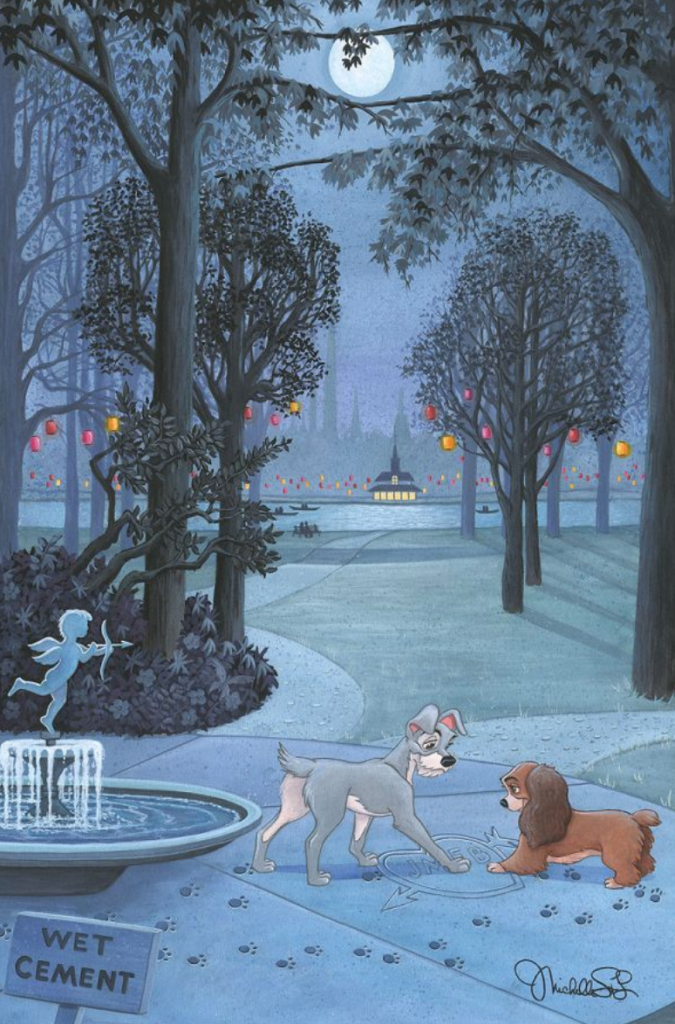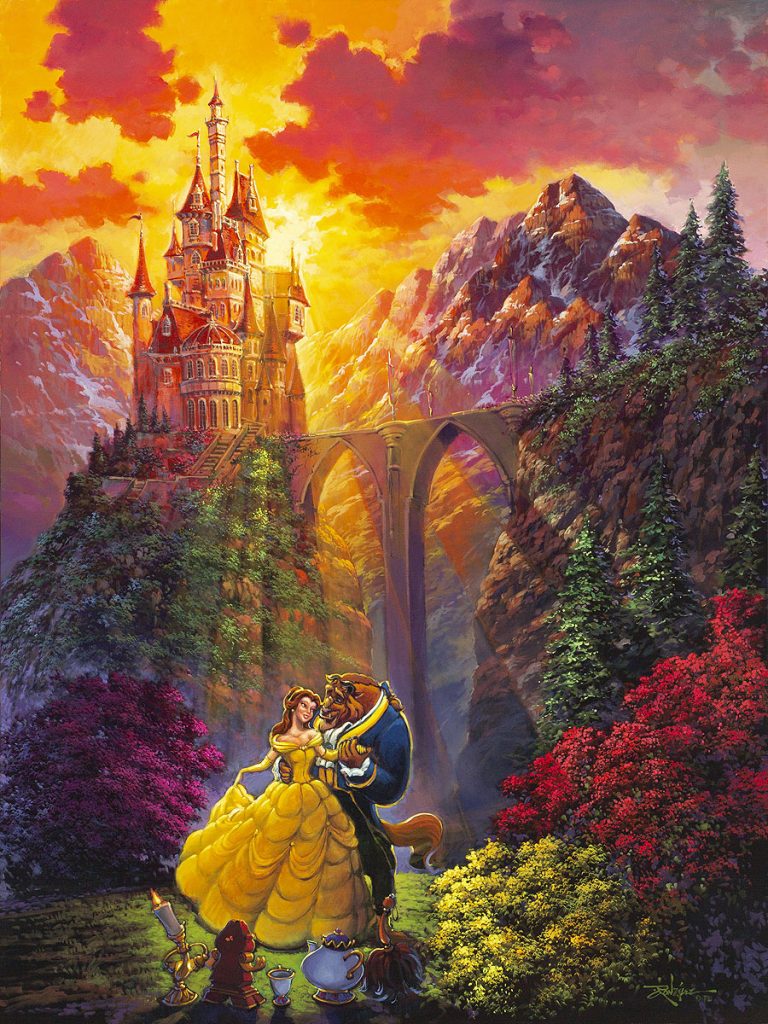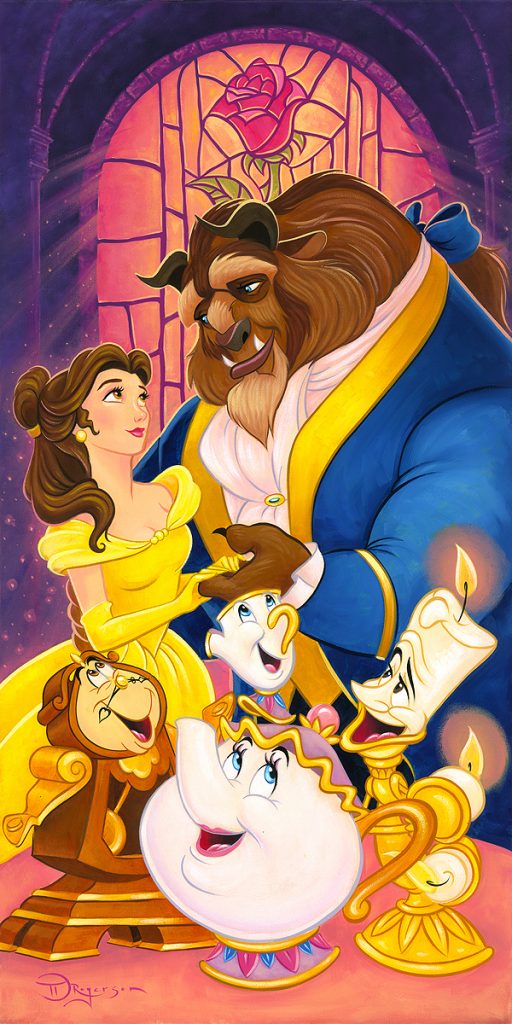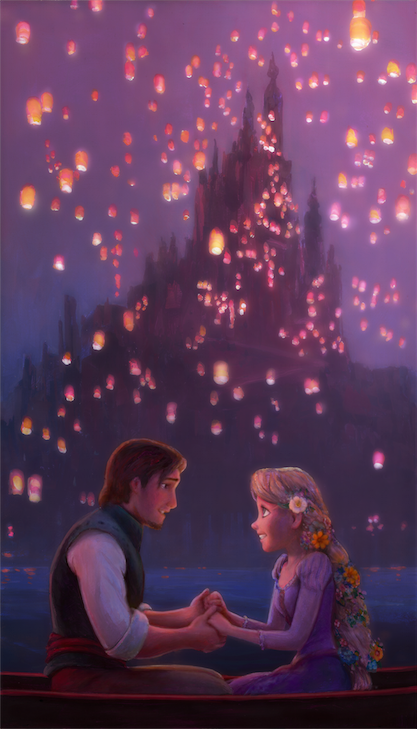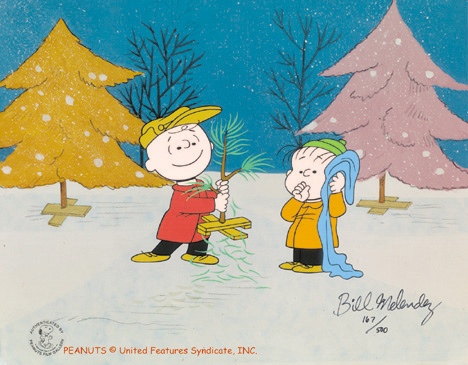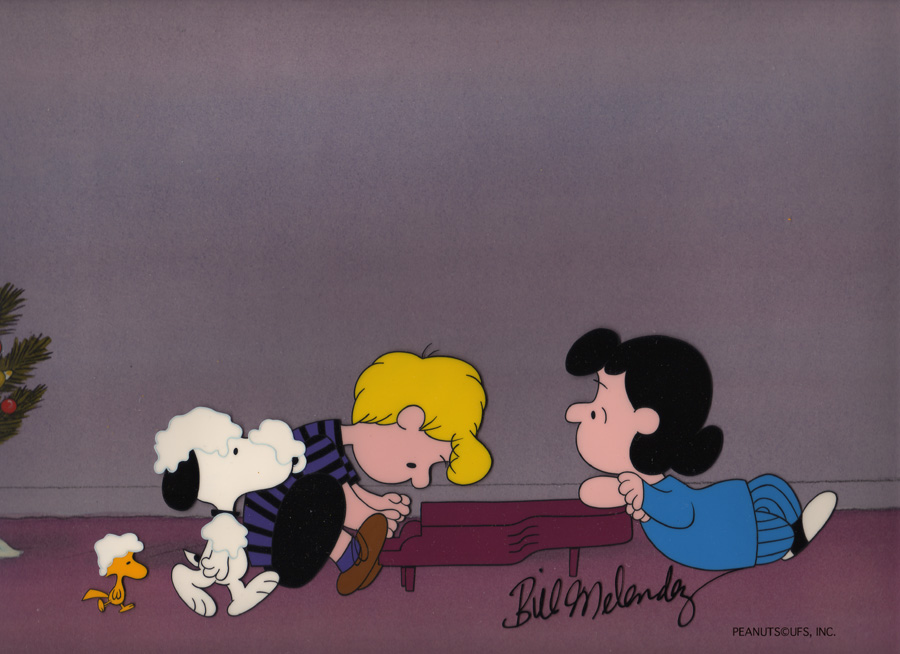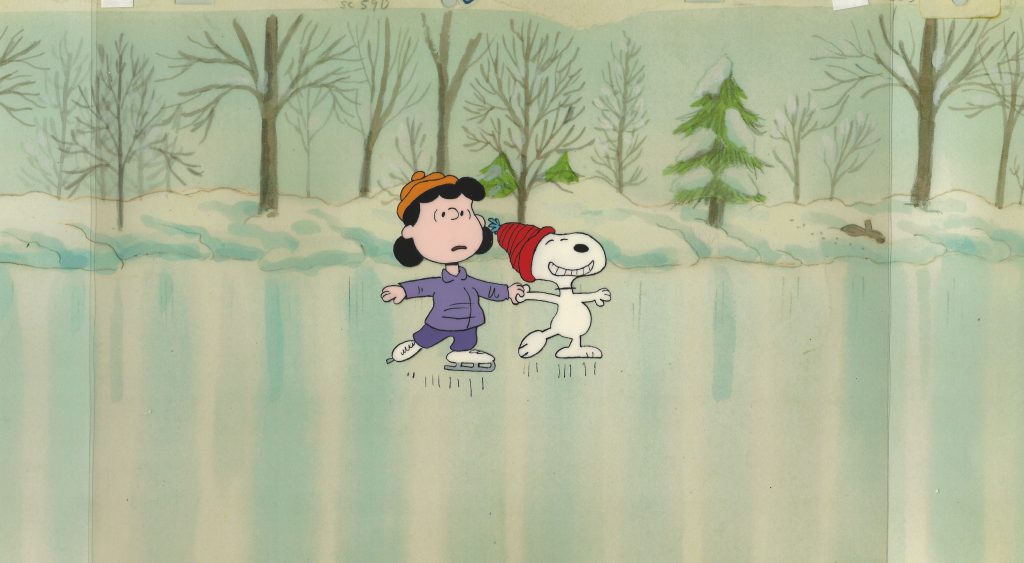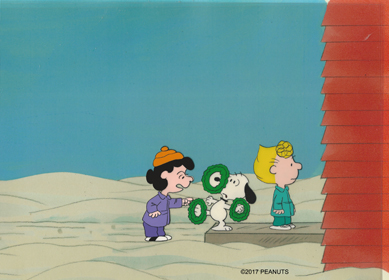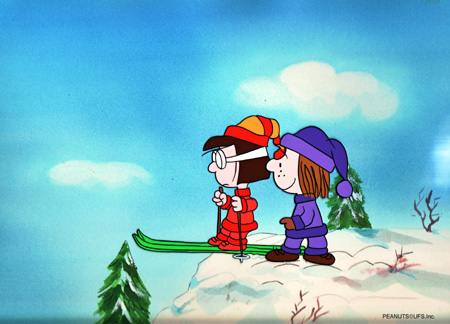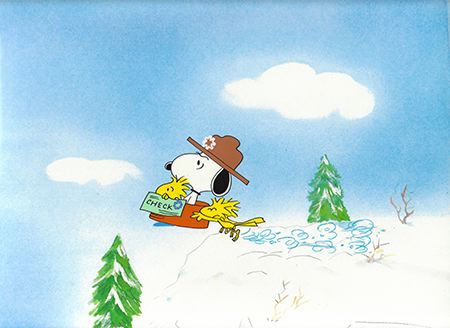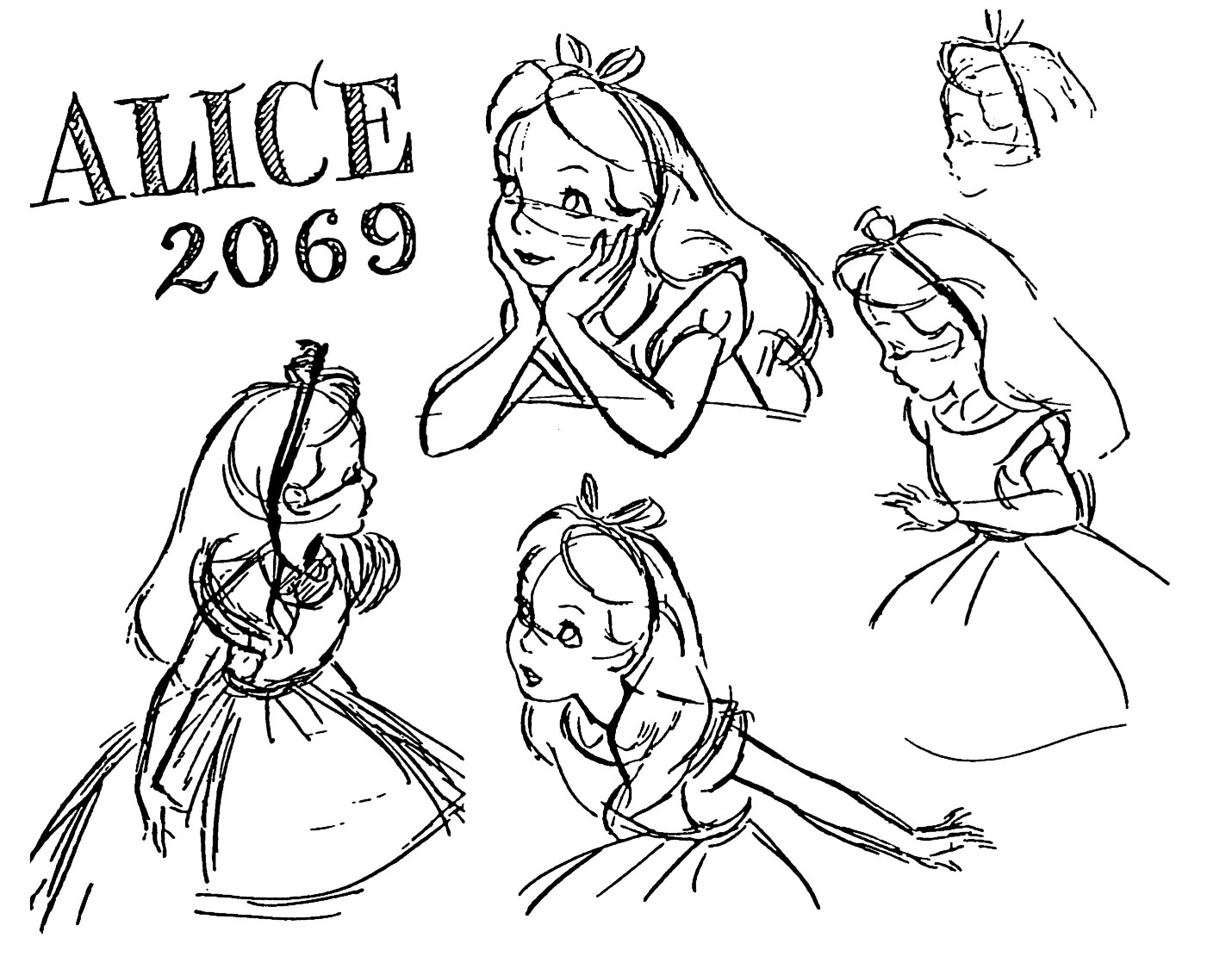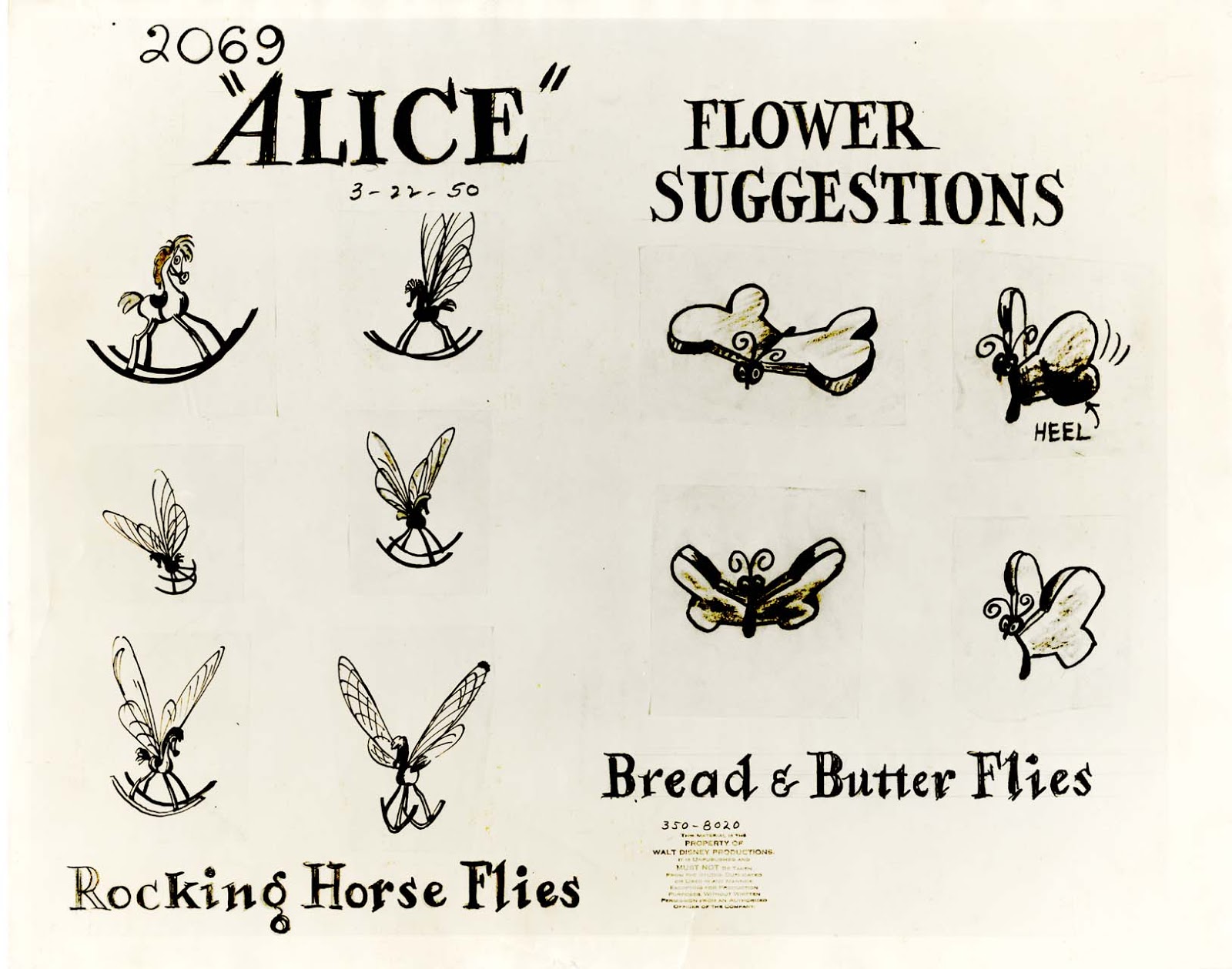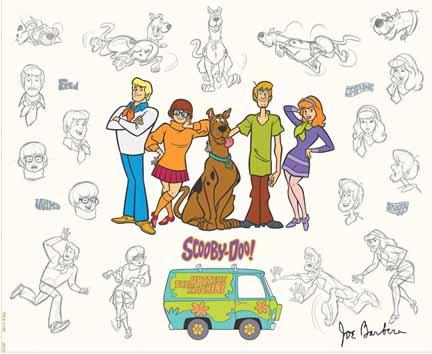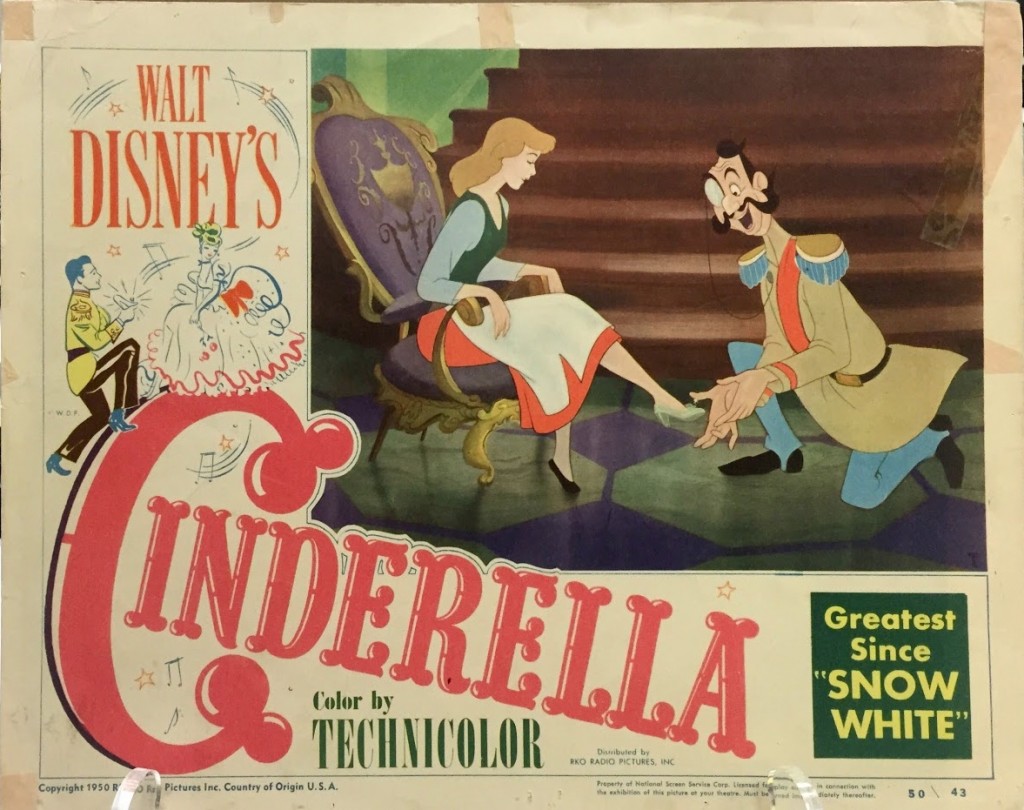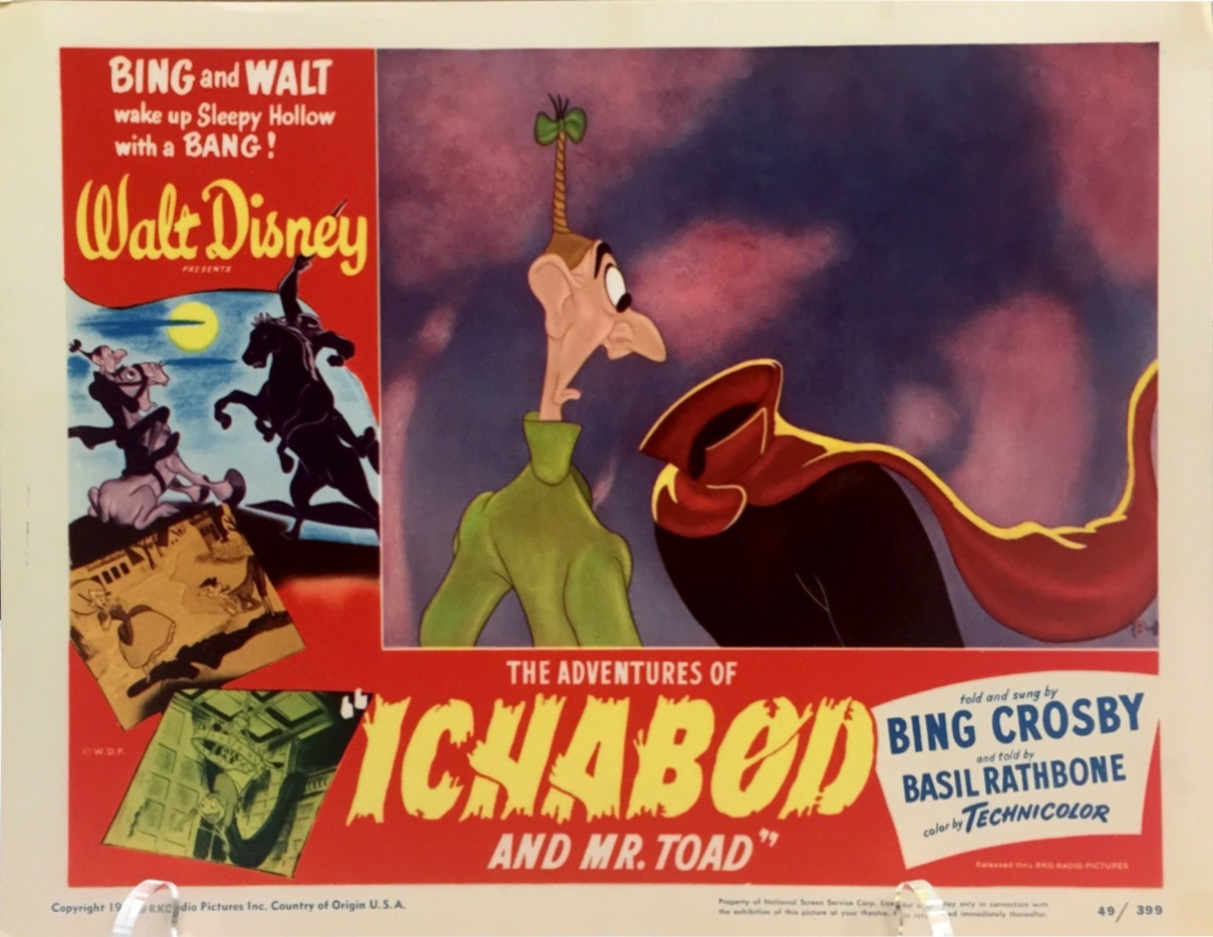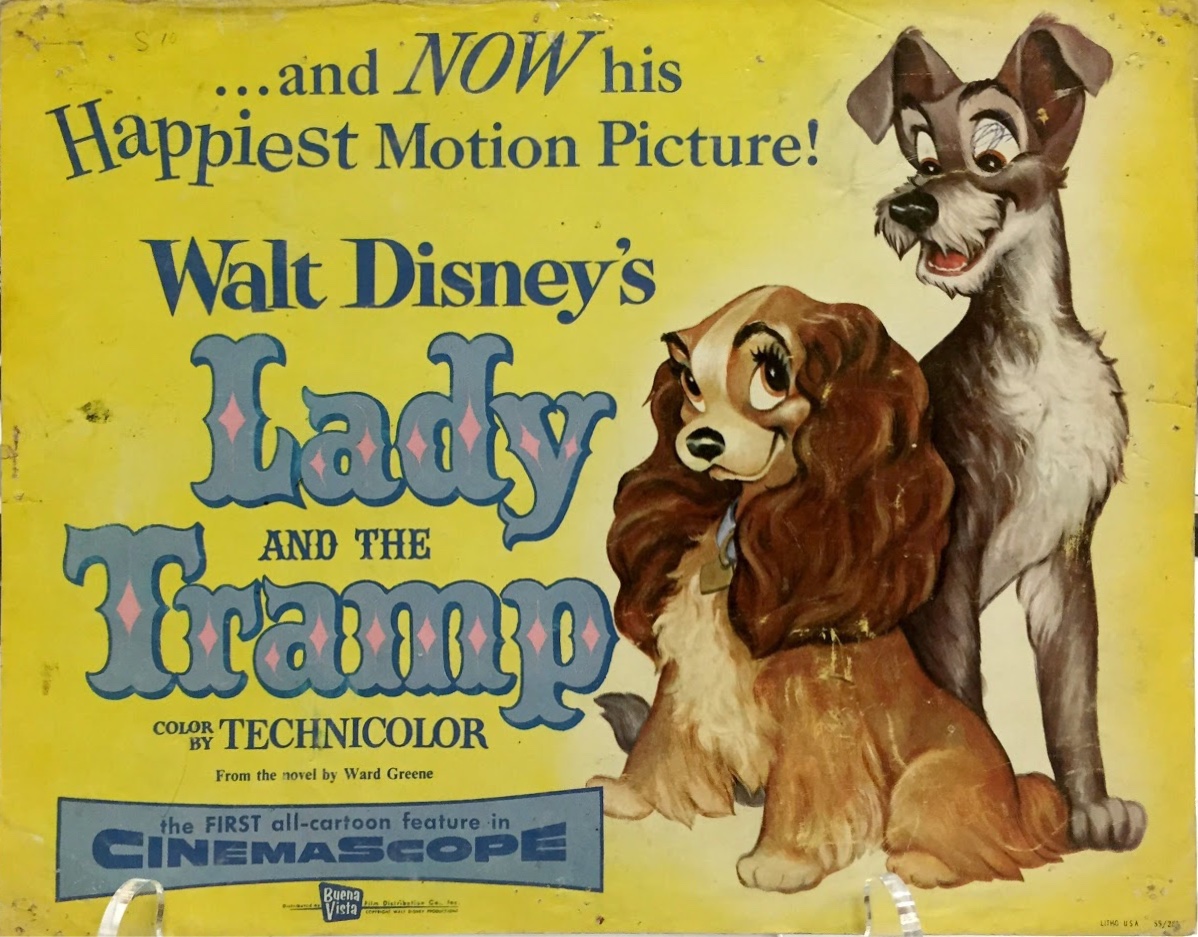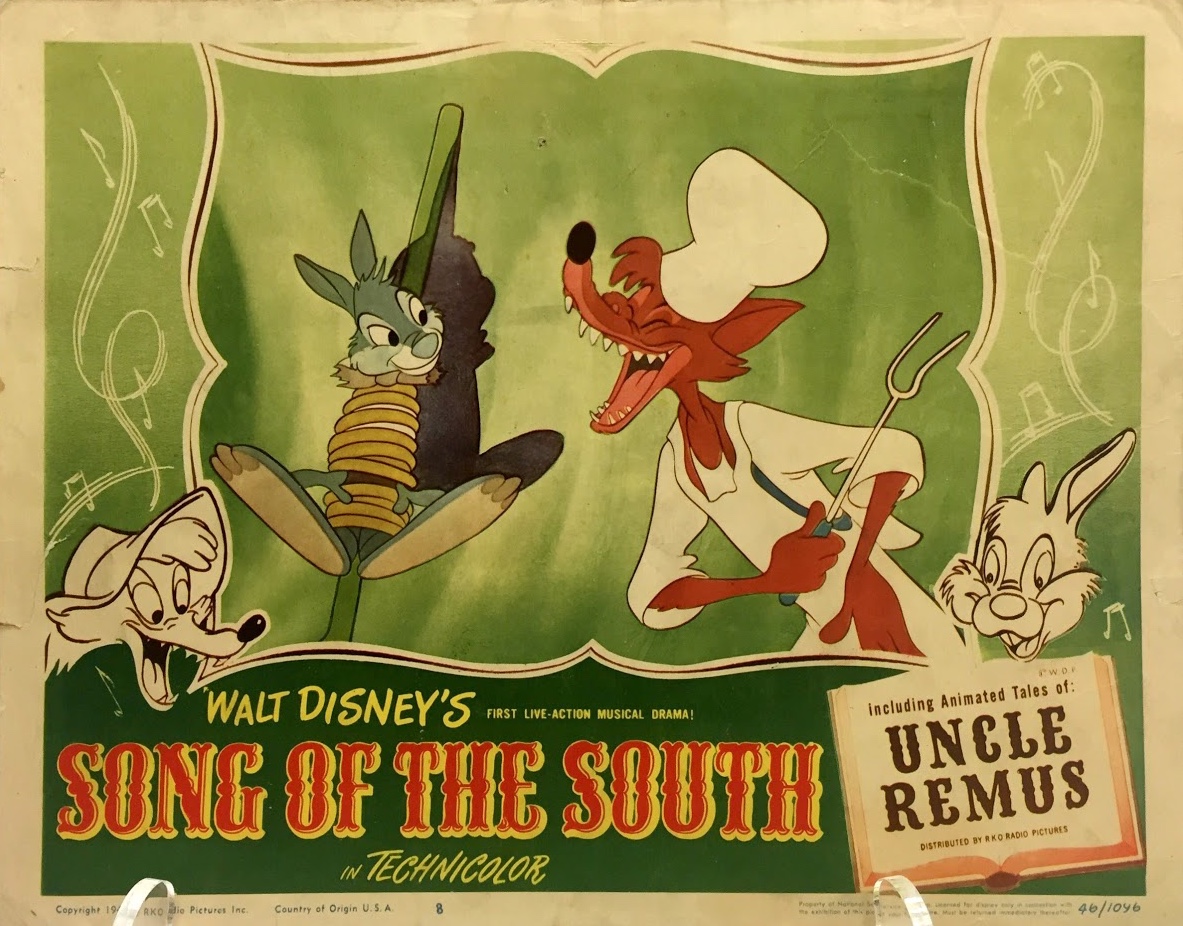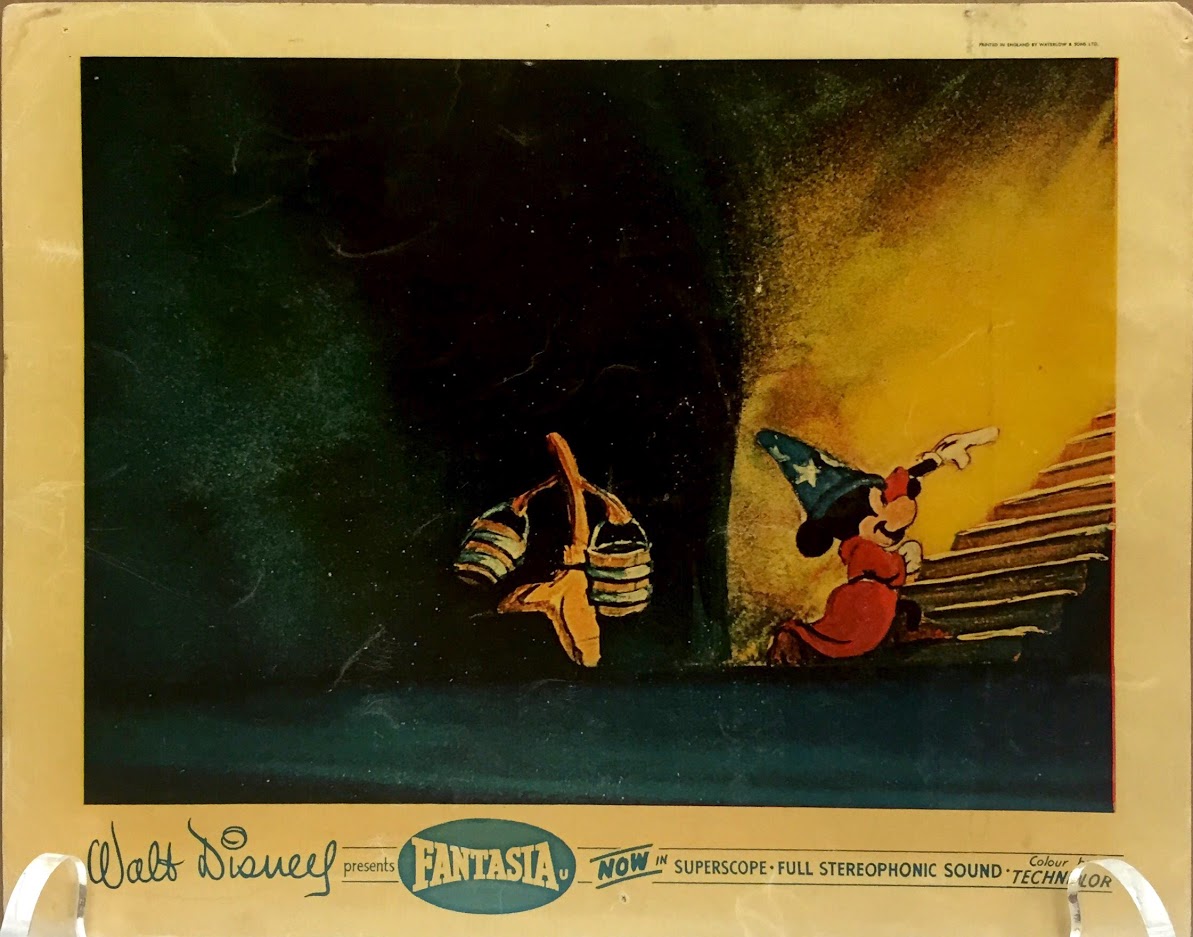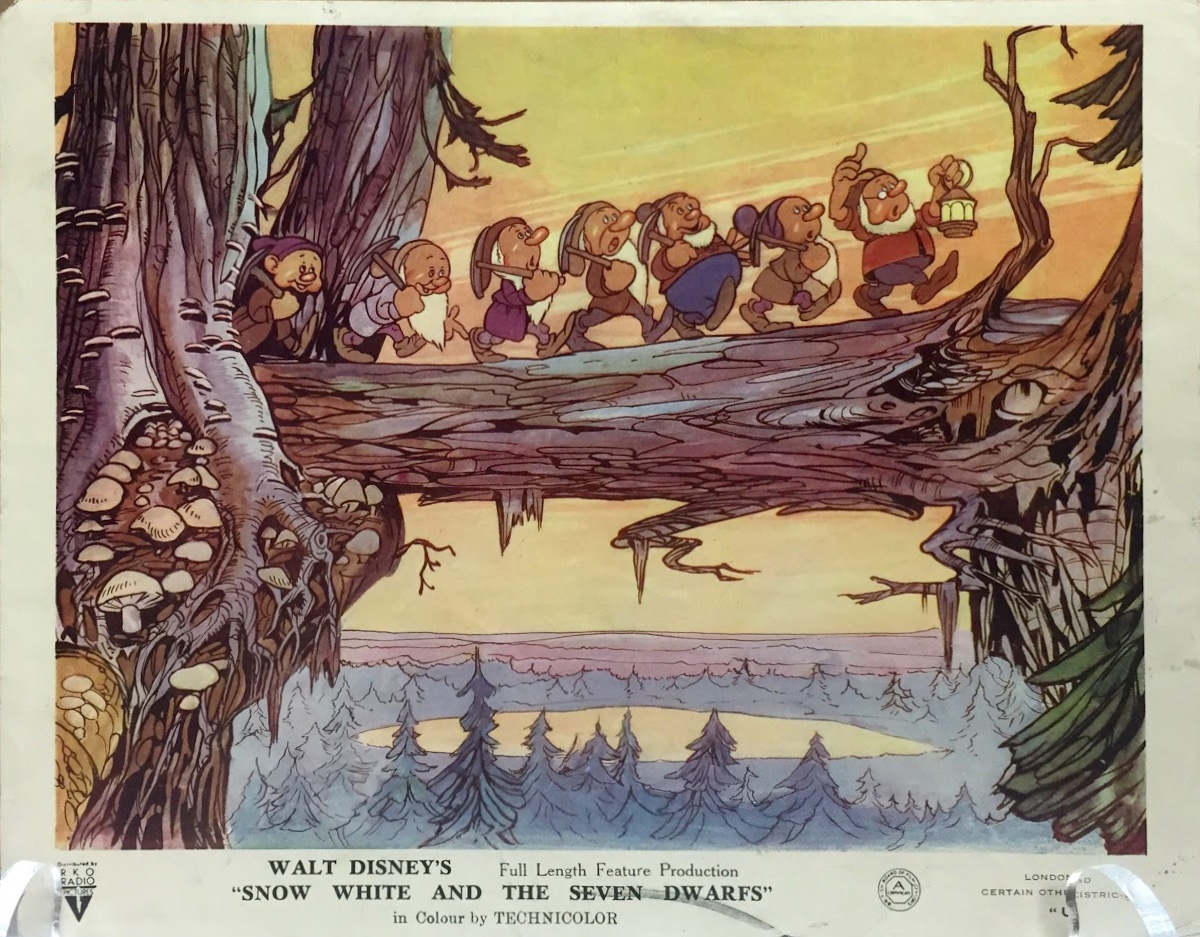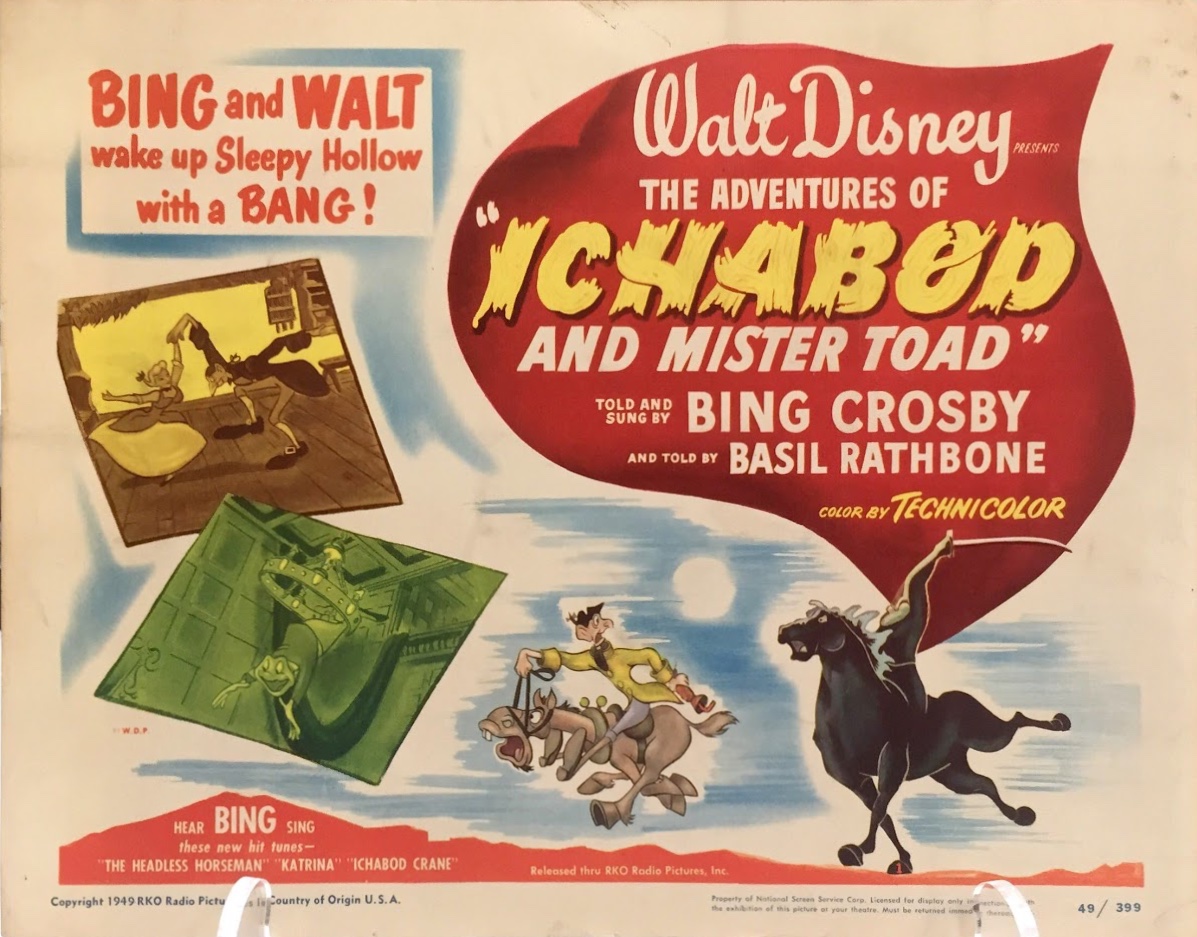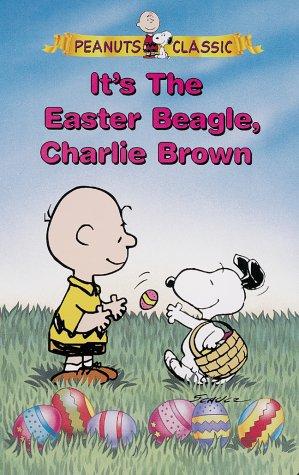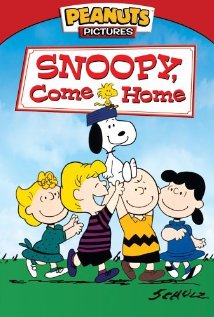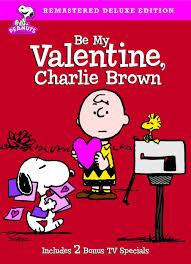Ah, Mickey and Minnie, that quintessential Disney couple…with the holidays coming up, families and couples all over the country are planning their holidays alone or with beloved family. It’s about making memories that will last with family and friends that mean the world to you and bring you joy. Since there are lots of interpretive Disney images featuring Disney fan favorites Mickey and Minnie Mouse showing the power of togetherness and celebration, whether it’s unwinding by the beach, or traveling around the world together, it seemed like a perfect time to talk about the iconic Disney couple, and show a bunch of delightful images of them making memories. Maybe you’ll see yourself or your family represented in one of them.
If the mood strikes you and it seems the perfect gift this holiday season to bring joy in the form of cartoon critters, peruse your options on our website at your leisure. Get your favorites ordered by the end of November to be sure and get your order in time for Christmas.
You can see all the art featuring Mickey and Minnie together HERE.
Walt Disney made Mickey and Minnie’s relationship clear early on, saying in 1933, “In private life, Mickey is married to Minnie. A lot of people have written to him asking this question, because sometimes he appears to be married to her in his films and other times still courting her. What it really amounts to is that Minnie is, for screen purposes, his leading lady. If the story calls for a romantic courtship, then Minnie is the girl; but when the story requires a married couple, then they appear as man and wife. In the studio we have decided that they are married already.”
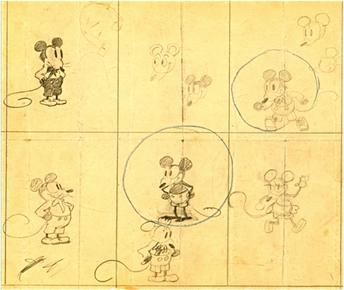
As many of you know, Mickey Mouse was first animated for an ode to Charles Lindbergh, Plane Crazy in 1928, but that short wasn’t released until after March 17th, 1929. It was Steamboat Willie, released November 18th, 1928, in which he made his first public appearance. He did so with his future lady love Minnie as co-star. Did you know Steamboat Willie was a parody of the Buster Keaton film Steamboat Bill, released in May of that year? Walt Disney himself not only directed Steamboat Willie, but supplied the voices of both Mickey and Minnie for the short.
From the very beginning, Mickey was meant to have a love interest. Concept images of him showed a female mouse by his side. As with many relationships, however, it took a few years for them to become a steady couple. The early cartoons show Mickey wooing the flirtatious, musical mouse, and Minnie repeatedly rebuffing Mickey.
It’s in 1929’s Mickey’s Follies, the short that follows Steamboat Willie, in which we learn Minnie’s name and her place in Mickey’s heart is made clear. It was in the song MIckey’s You Hoo, which went on to become a theme song used over the next 90 years. It included his first direct address to the audience, in which Mickey says ‘he’s got a sweetie’ who is ‘neither fat nor skinny’ and that ‘she’s my little Minnie Mouse’. 12 more shorts were produced with Mickey in 1929, but Minnie only co-starred in seven of them, largely playing the role of damsel in distress.
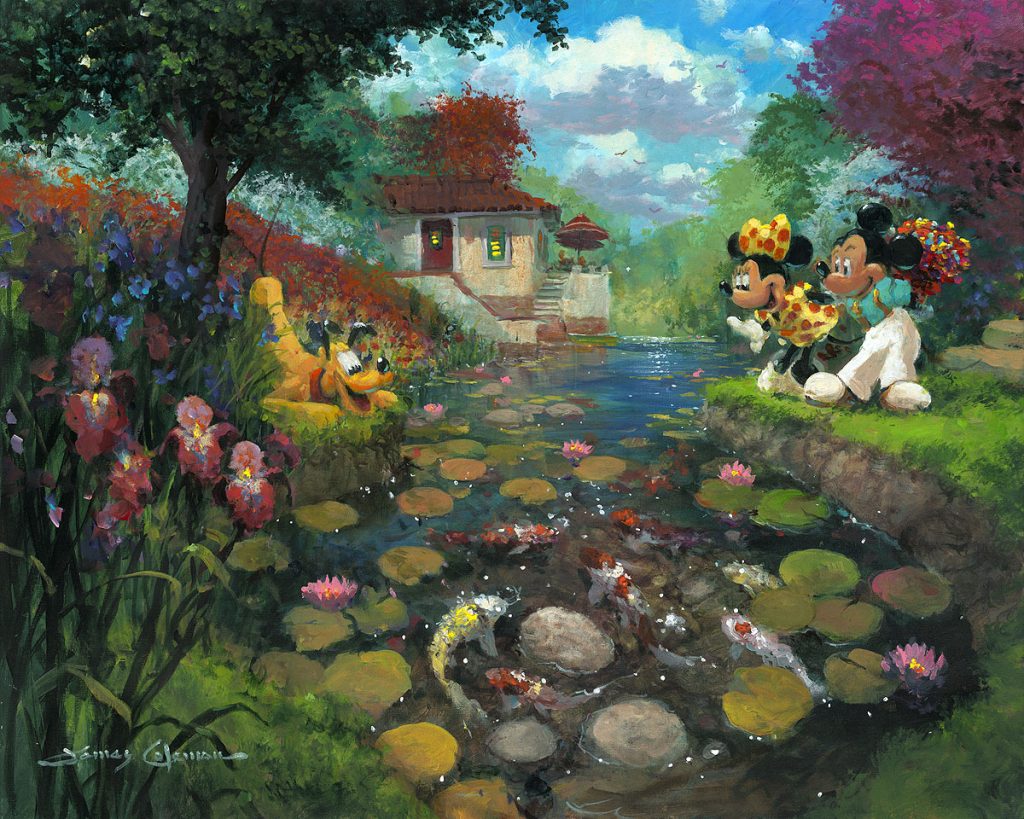
“Mickey’s Koi Pond” by James Coleman 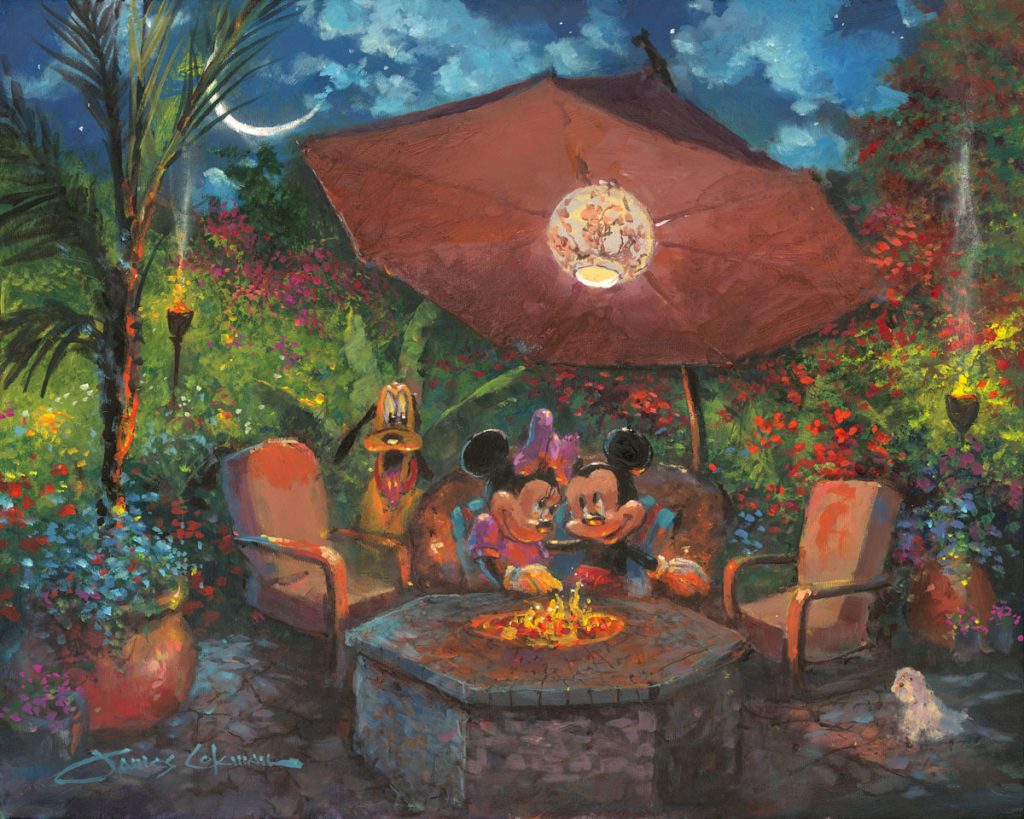
“Coleman’s Paradise” by James Coleman 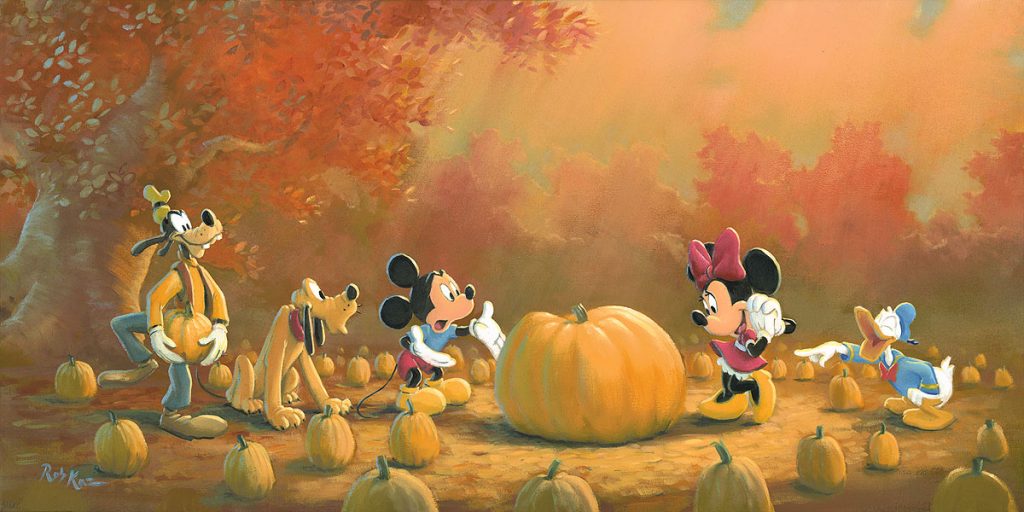
“Picking the Perfect Pumpkin” by Rob Kaz 
“Summer Night” by Rob Kaz
Did you know Pluto started out as Minnie’s dog? In 1930’s The Picnic, Minnie introduces Mickey to her pet dog Rover, marking the first, albeit misnamed, appearance of Pluto. Cat lovers know she also appears in her own shorts with her cat Figaro, who was first introduced in Pinocchio.
Both characters underwent a character redesign in the late 1930s and early 1940s, replacing their rubbery squash and stretch-friendly shapes with more fleshed out figures. Minnie’s new look was introduced in the 1939 short Mickey’s Surprise Party. At the same time, Mickey’s character went further away from troublemaker and more towards everyman. Minnie’s roles started diminishing around this time, going from 50 shorts in the 30s, to a total of 10 in the 1940s. In part, the fact that Marcellite Garner, an ink and paint artist who had become Minnie’s official voice for 1930’s The Cactus Kid, left the studio in 1941 had a huge impact on the character’s inclusion in subsequent cartoons. She voiced over 40 cartoons while continuing to work in the ink and paint department, partnering with Walt as he continued to voice Mickey. Walt was very supportive of Marcellite as she developed Minnie’s character, carving time out between recording sessions to describe and act out all the parts.
Much like Mickey, who didn’t appear in any shorts released theatrically between 1955 and 1983, Minnie has a long break starting with a brief cameo at the end of 1952’s Pluto’s Christmas Tree and lasting until she joined Mickey in his first appearance since 1955, with 1983’s Mickey’s Christmas Carol, where they play Bob Cratchit and his wife.
One of the most romantic stories involving Mickey and Minnie begins with the introduction of artists Wayne Allwine and Russi Taylor as the voices of the the cartoon couple. Allwine was only the third person to provide Mickey’s voice, and did so for 32 years, from 1977 till his death in 2009. Taylor, who was also an award-winning sound and sound effects editor, won the role of Minnie in 1986, when she beat out over 200 other hopefuls for the job. Allwine and Taylor worked closely together for years, falling in love in the process and secretly getting married in 1991 in Hawaii.

Explains Bill Farmer, the voice of Goofy, “Everyone saw it coming. Just watching them work together, I could see their relationship develop into something deeper than a working relationship.” They kept their marriage private because they didn’t want it to color how fans saw the characters, who had remained unmarried. (As far as we know! The two mice might have had a secret wedding too!) Both Wayne Allwine and Russi Taylor were made Disney Legends for their contribution to Disney history. They were said to have made each other better people, which is what love should do. It was after Russi passed away that Farmer is quoted as saying, “When they were together, like Laurel and Hardy, they were just meant to be together as a team, and as a lifelong team. They were just so in love and so wonderful together. I think that love came out in their performances, and gave it a little something extra.”

“Watching Nature’s Creation” by Walfrido Garcia 
“Island Afternoon” by James Coleman 
“Sunset Romance” by Rodel Gonzalez 
“Warm Aloha” by James Coleman 
“Island Days” by Michelle St. Laurent
There were a number of cartoons during the couple’s heyday that celebrate activities couples do together.
From dancing, playing instruments, singing together, or going out on the town in The Barn Dance, Mickey Steps Out, The Shindig, The Whoopee Party, and Mickey’s Gala Premiere…

…going on international adventures or navigating exotic climes as they do in cartoon shorts like Mickey in Arabia, The Klondike Kid and Hawaiian Holiday…

“Tuscan Love” by James Coleman 
“Mickey and Minnie in London” by James Coleman 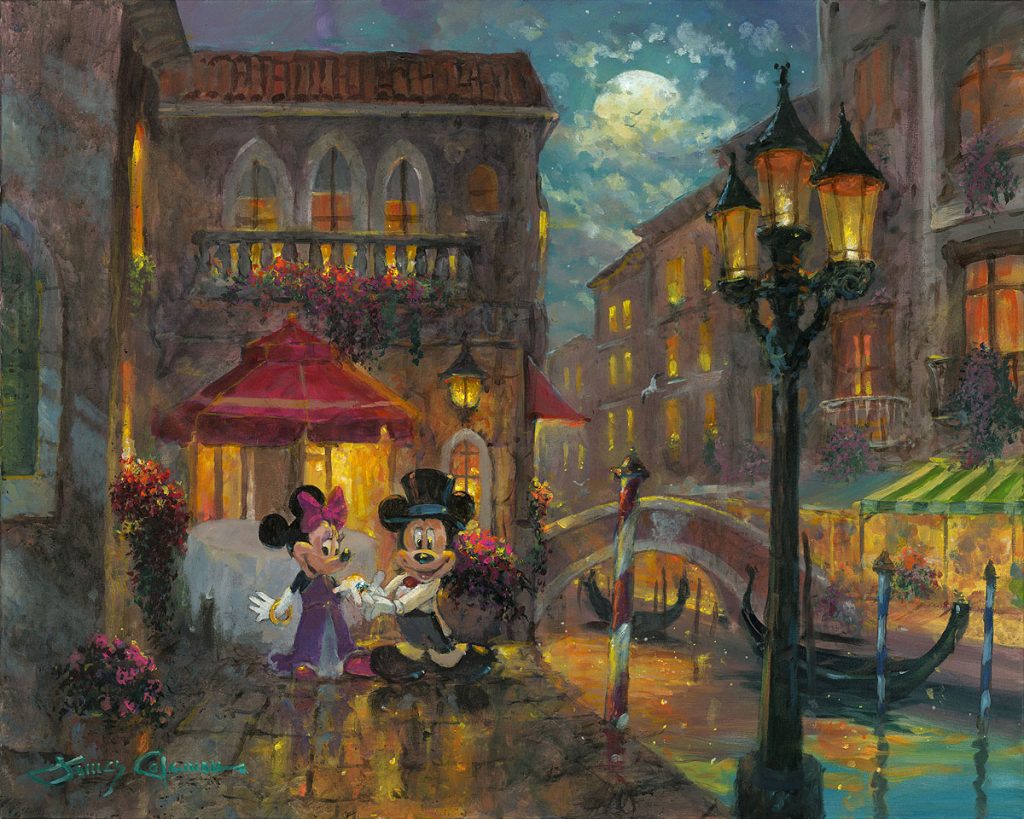
“Evening Anniversary” by James Coleman 
“Moonlight in Venice” by James Coleman 
“Mickey and Minnie at Giverny” by James Coleman 
“Romance on the Riviera” by James Coleman 
“A Paris Sunset” by James Coleman
…to celebrating holidays together in Mickey’s Surprise Party, Mickey’s Birthday Party, and Pluto’s Christmas Tree…
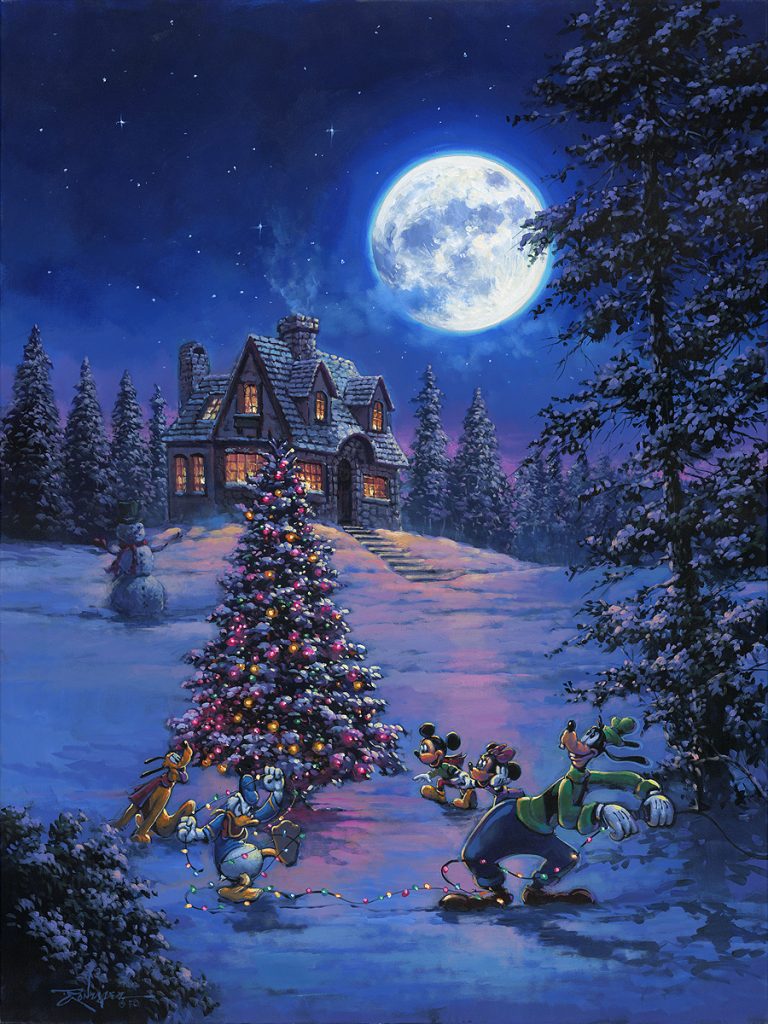
“Winter Lights” by Rodel Gonzalez 
“Memories of Summer” by Rob Kaz
There are the times they just show their love, like in Puppy Love and Mickey’s Christmas Carol, but they also enjoy sports or practical activities, as in On Ice, Camping Out, Plane Crazy, The Beach Party, The Barnyard Olympics, Building a Building and The Steeple Chase…

“Florida Fishin'” by James Coleman 

“17th Tee in Paradise” by James Coleman 
“Minnow Mouse” by James Coleman 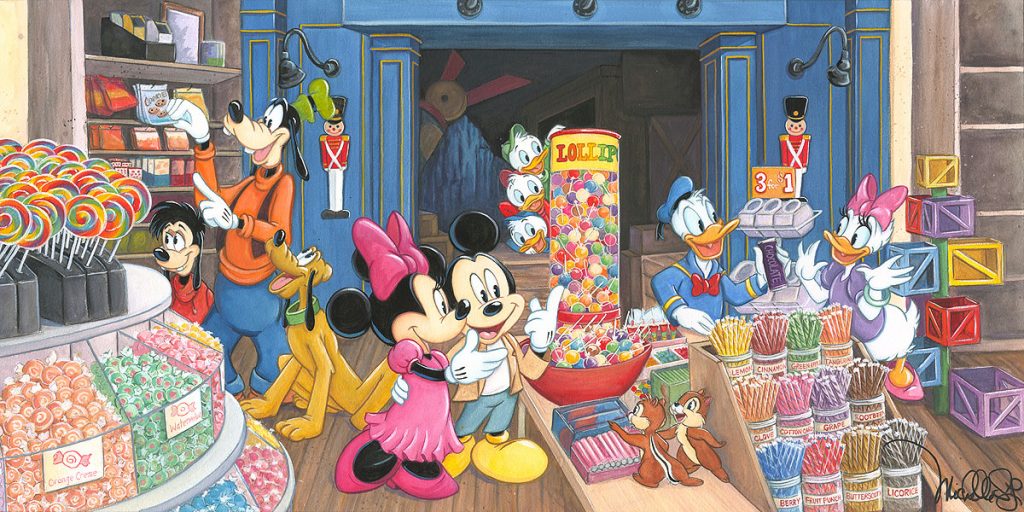
“Trip to the Candy Store” by Michelle St. Laurent
Of course they are always getting each other out of scrapes and jams, as good partners do, like in Shanghaied, The Firefighters, The Gorilla Mystery, Pioneer Days, The Dognapper, and Brave Little Tailor.
Whatever the scenario, this couple is enduring and steadfast, as their 90+ years together attests! You can watch a fair number of these cartoon shorts on Disney+ (although they don’t have a section specific to shorts, remarkably) or of course if you’re curious about any of the many cartoons in which these lovebirds co-star, you can find them by typing them into google or searching on YouTube. Meanwhile, here’s hoping you all get up to some fun and fancy free activities together this holiday season whether at home or off on an adventure. Remember to find some joy and stay safe, and when the stress of family gatherings or holiday shopping makes you feel crazy, watch some cartoon shorts with your favorite Disney couple!
You can see all the art featuring Disney’s iconic couple, Mickey and Minnie HERE.

